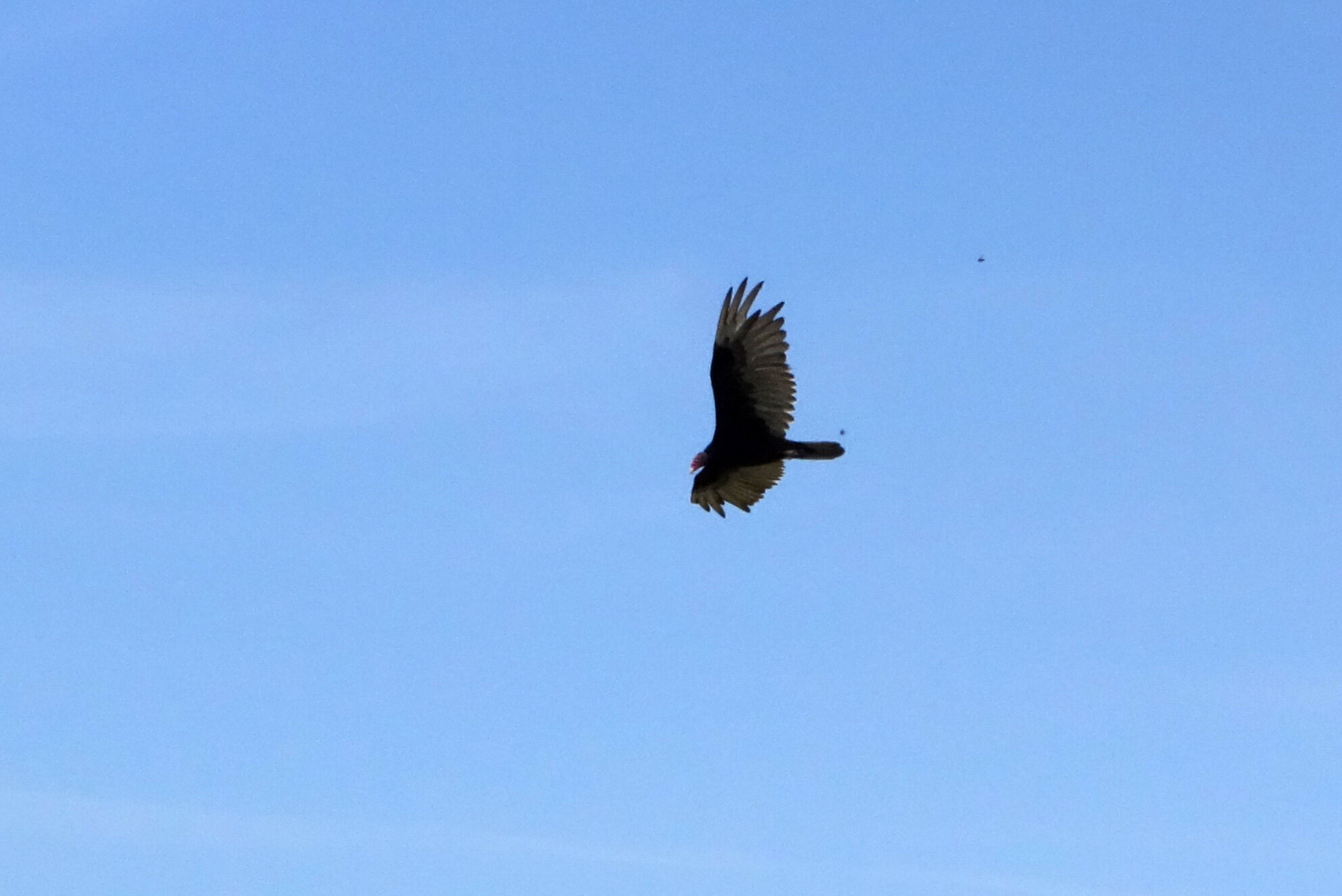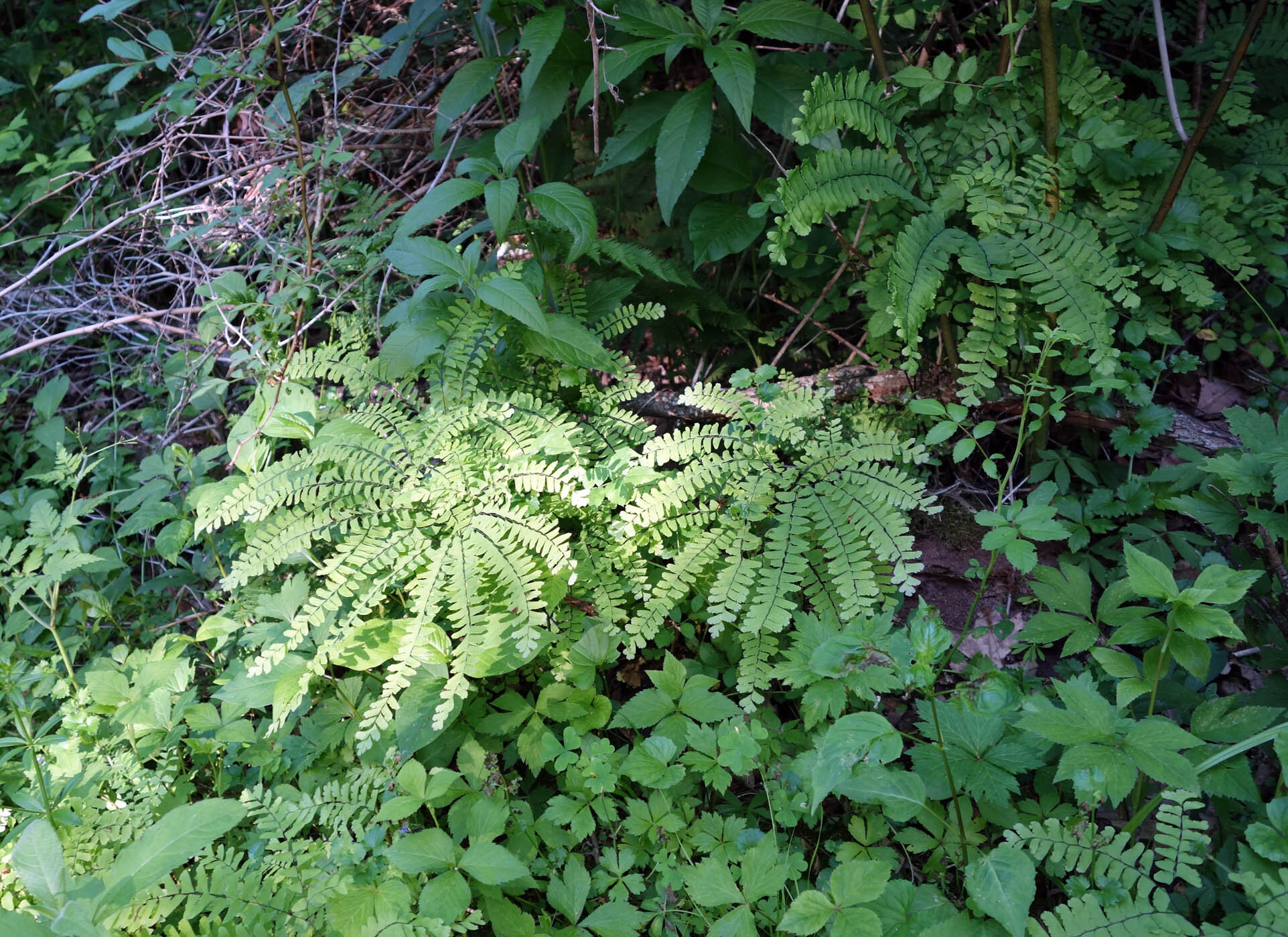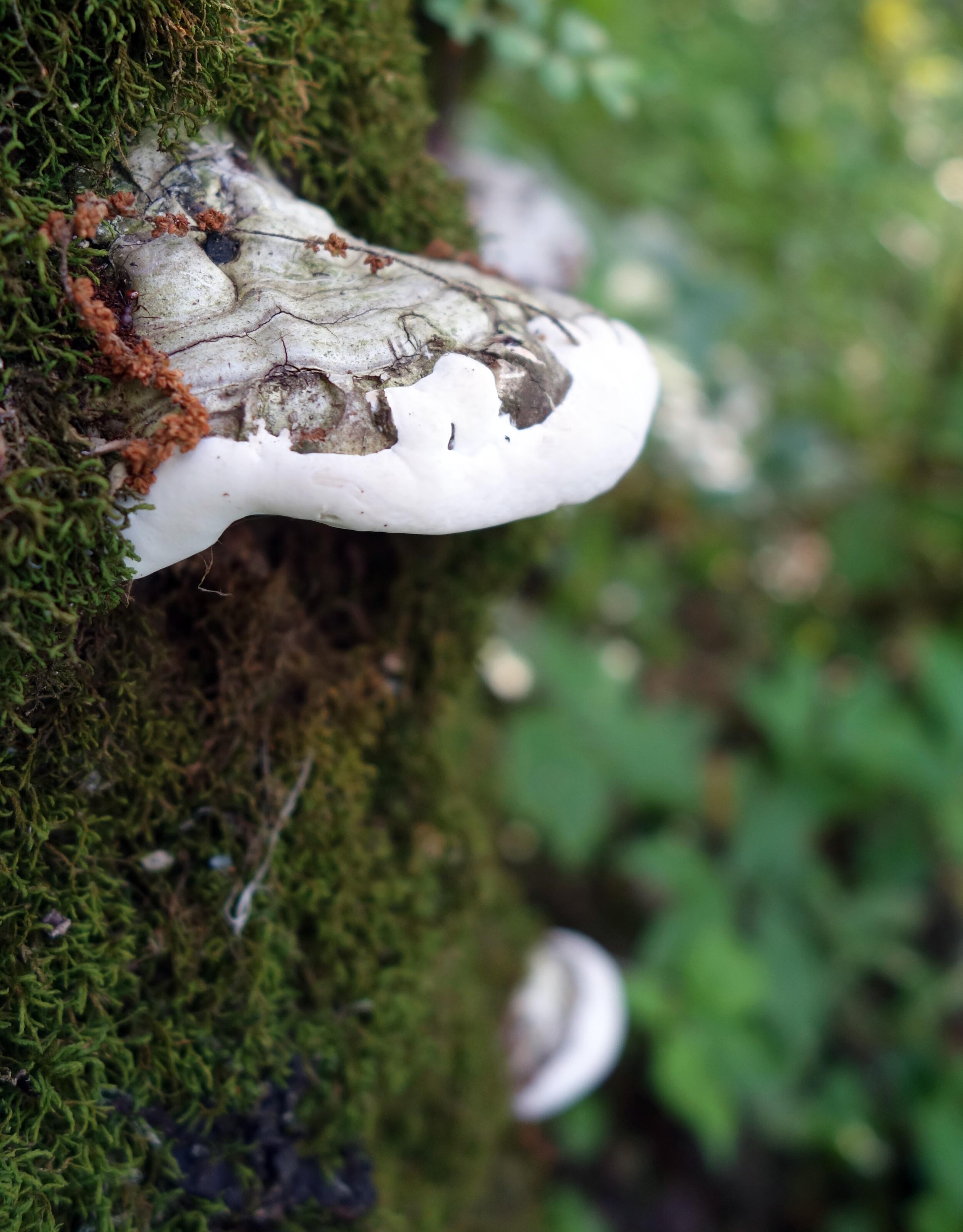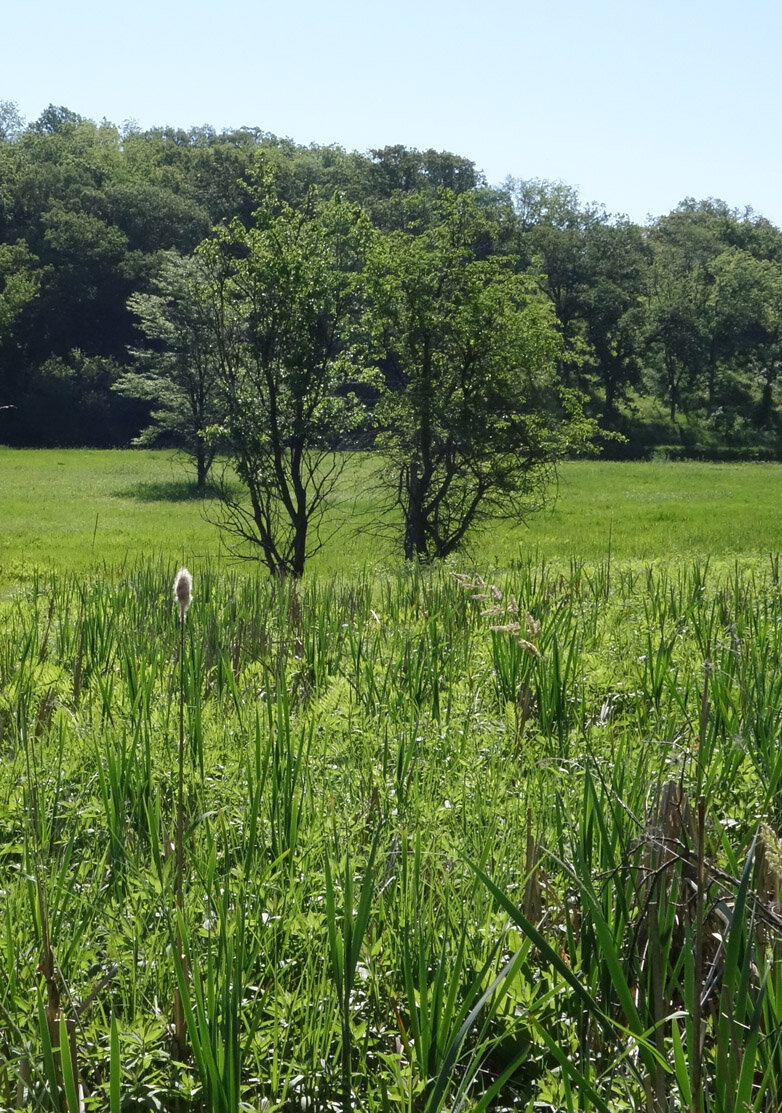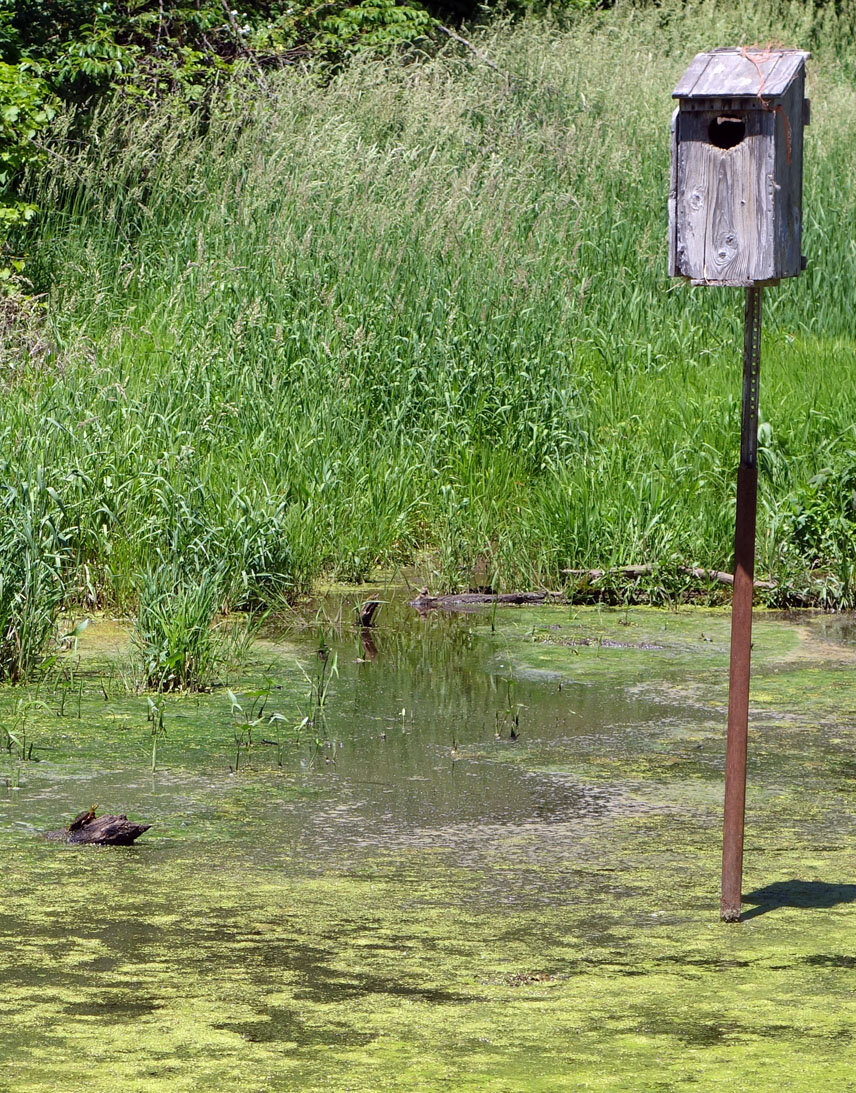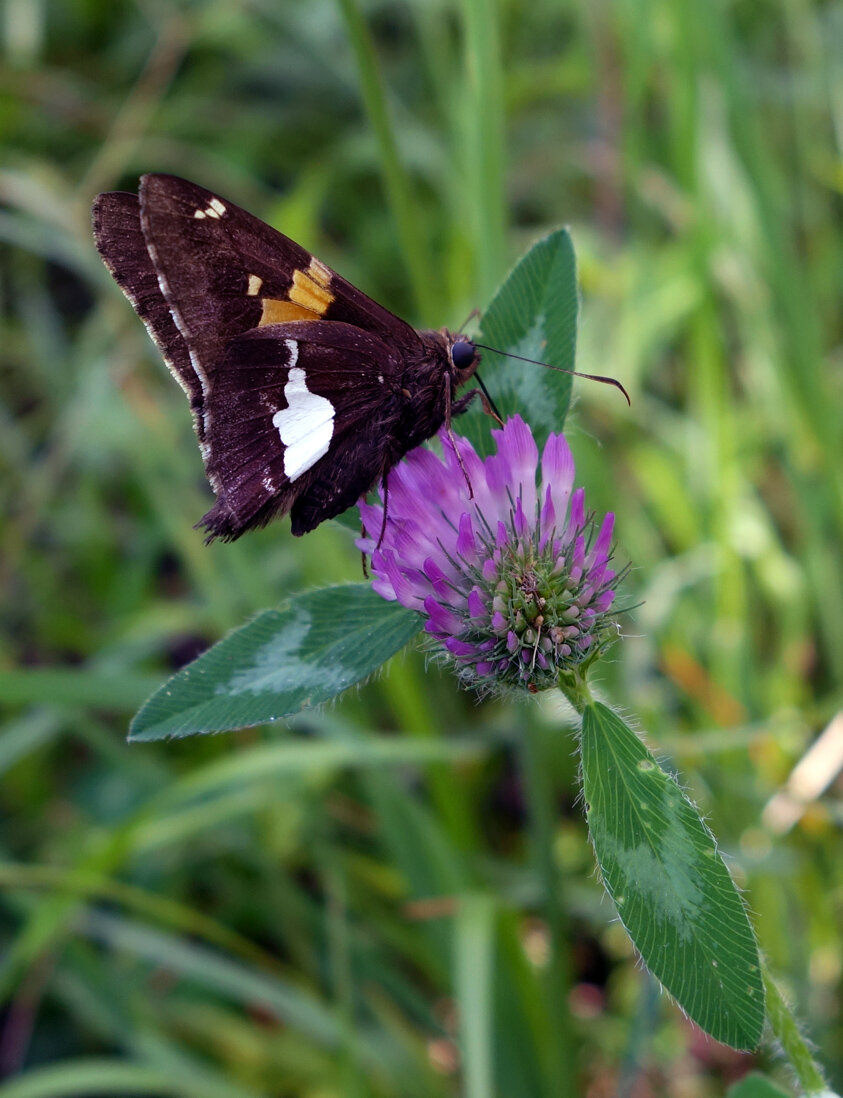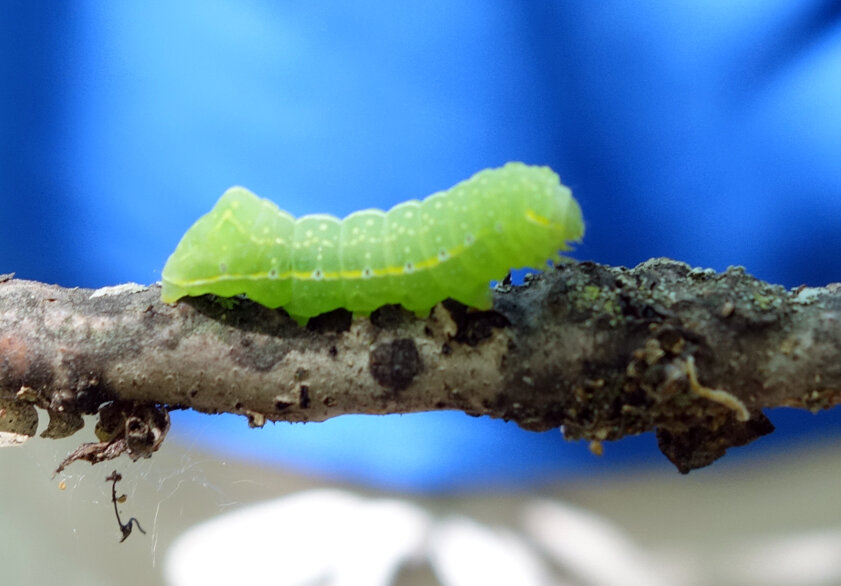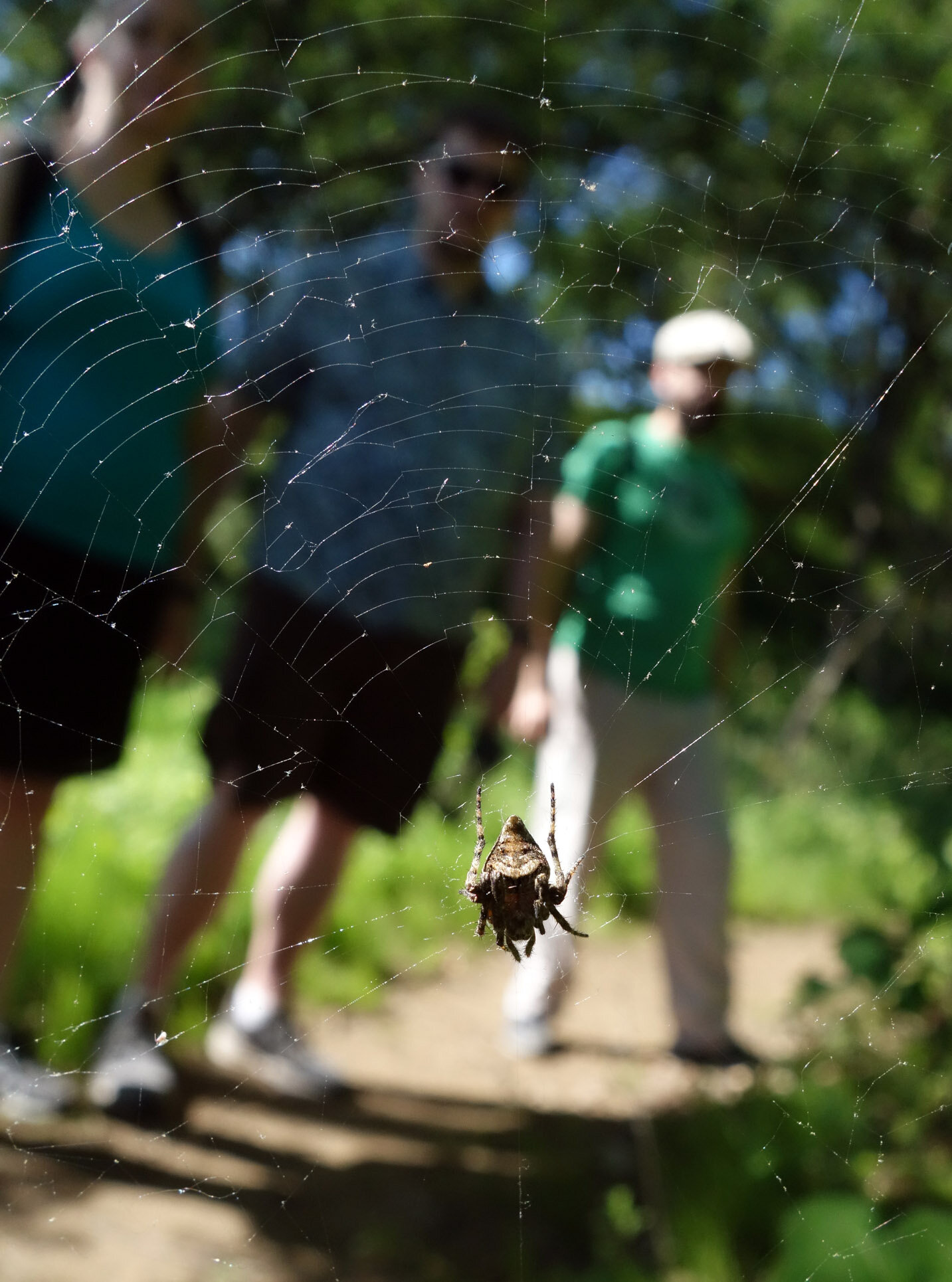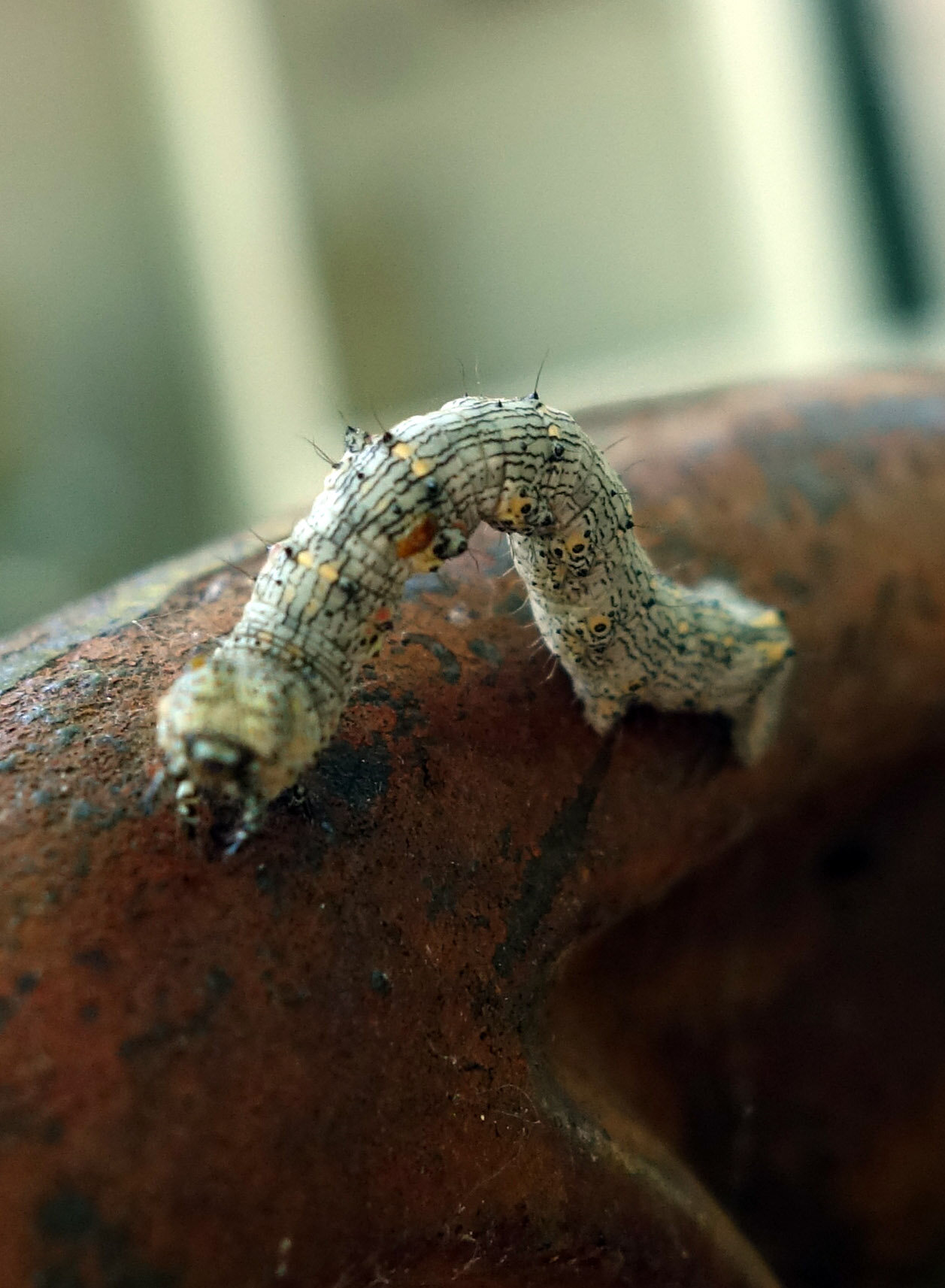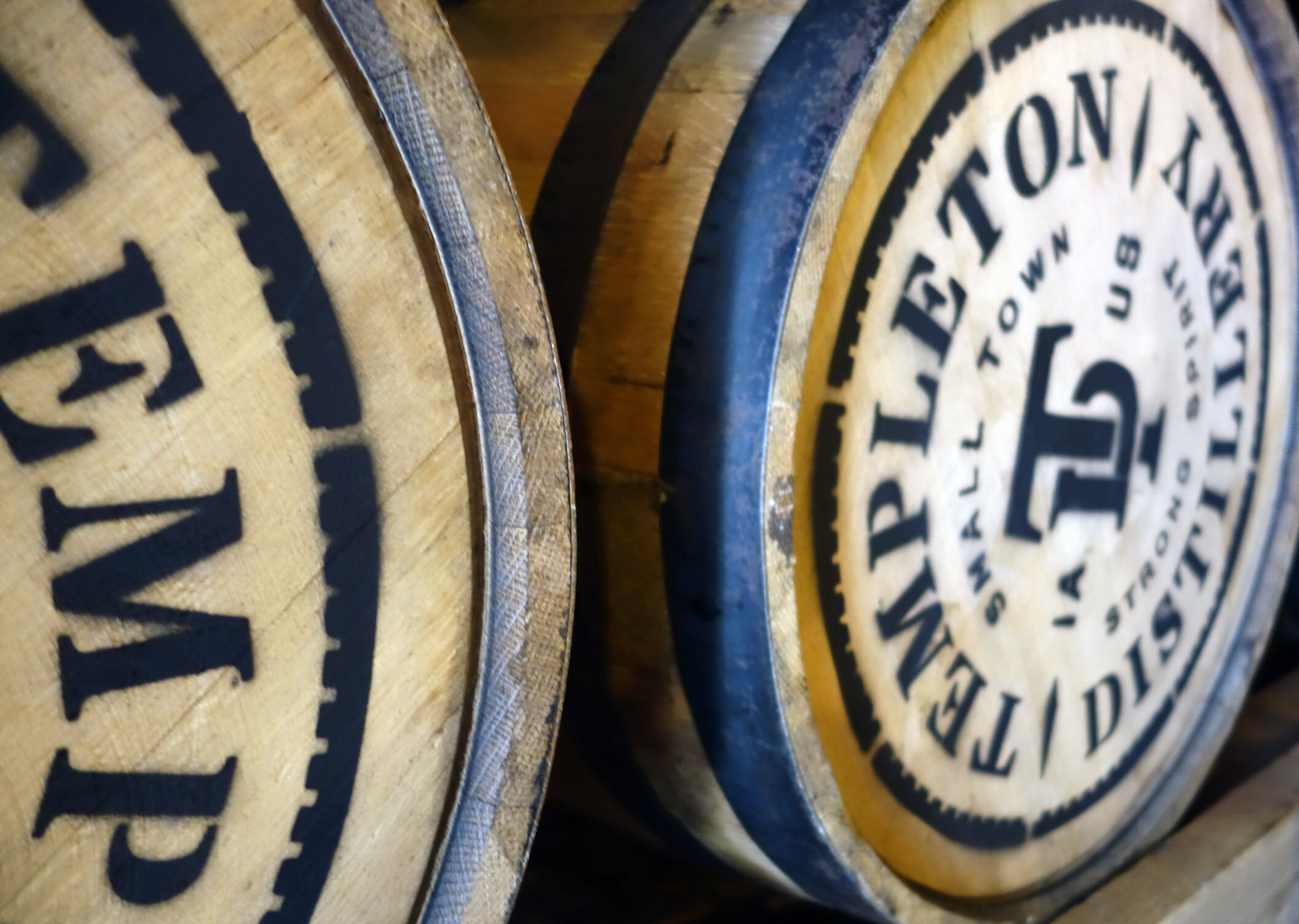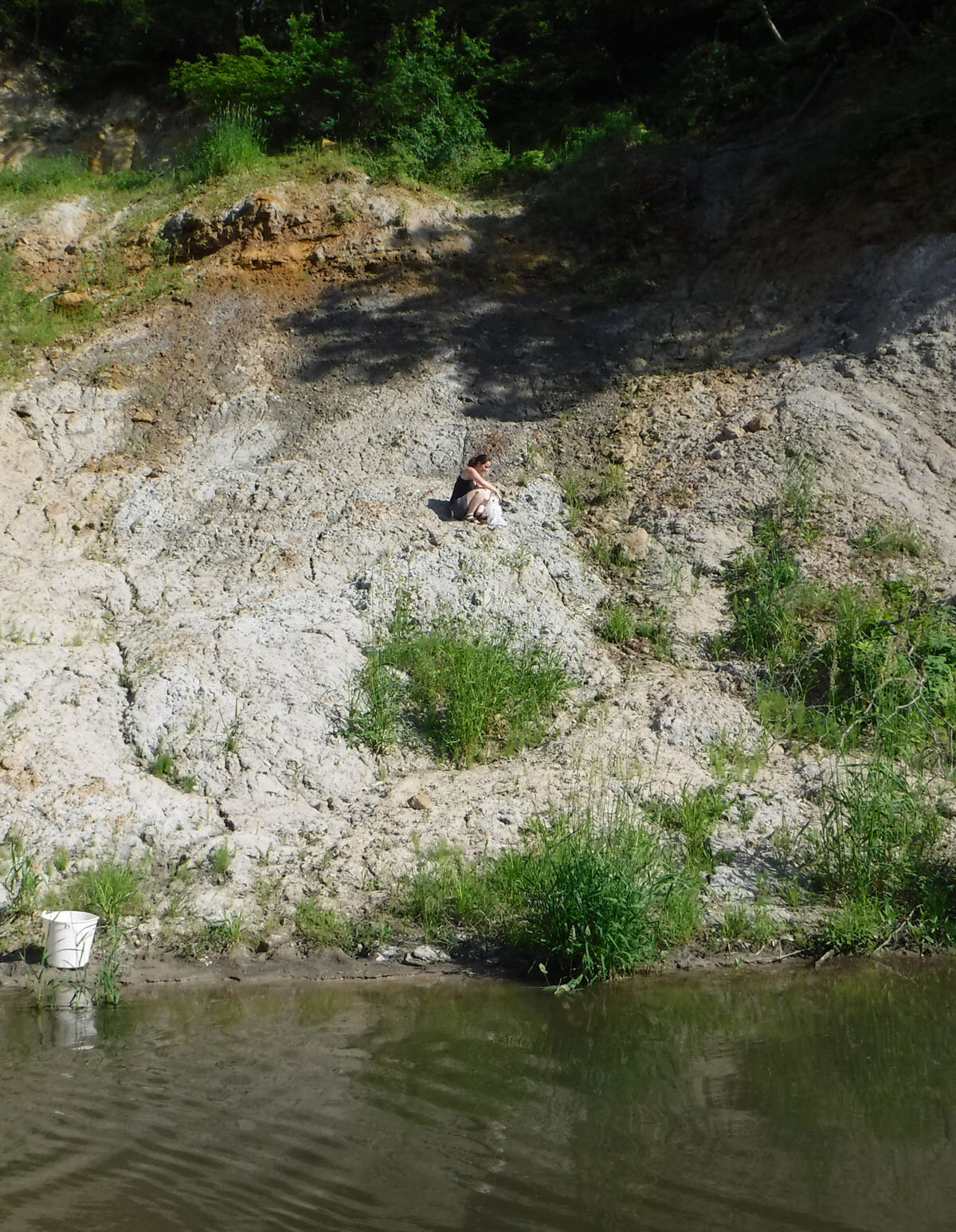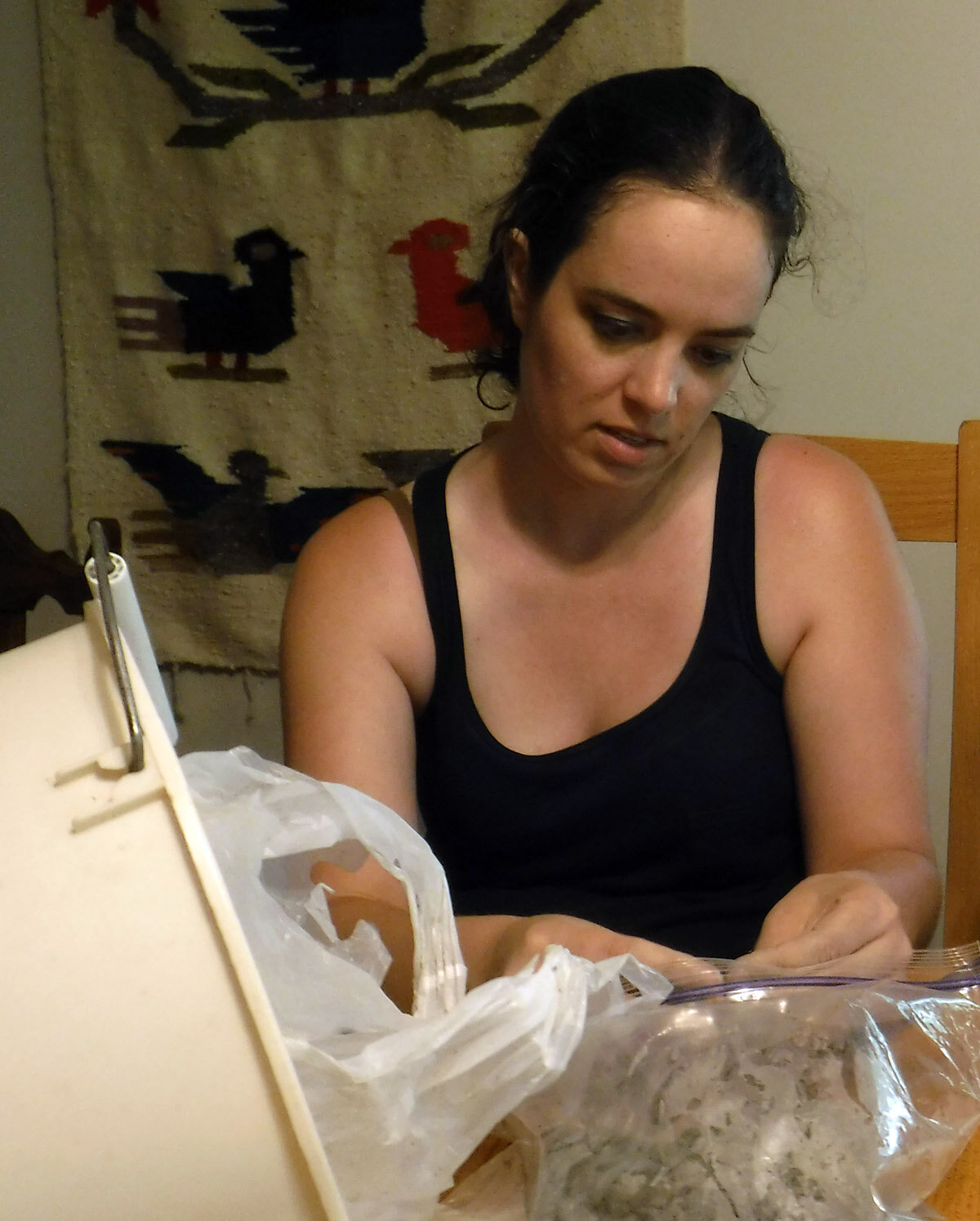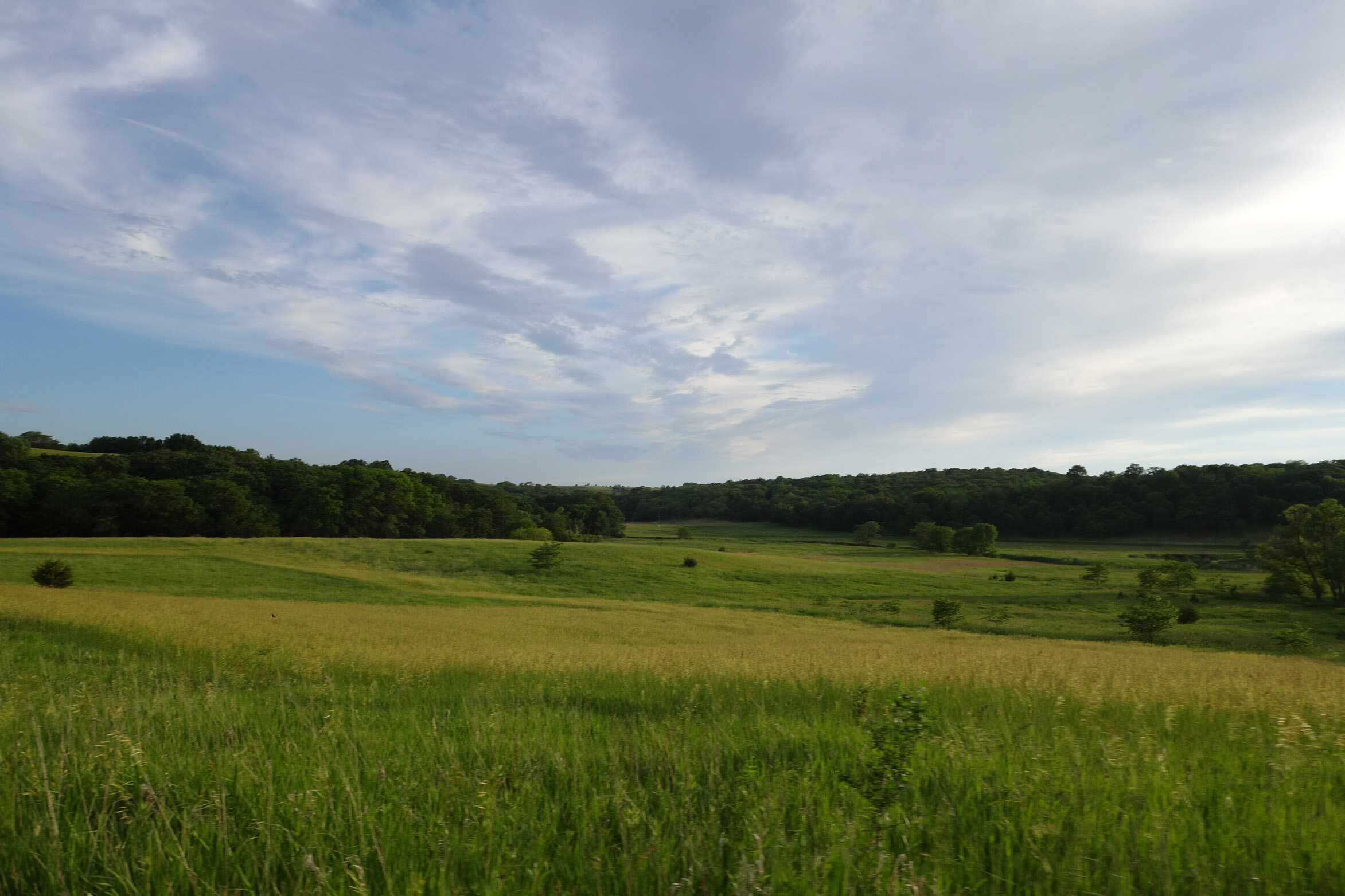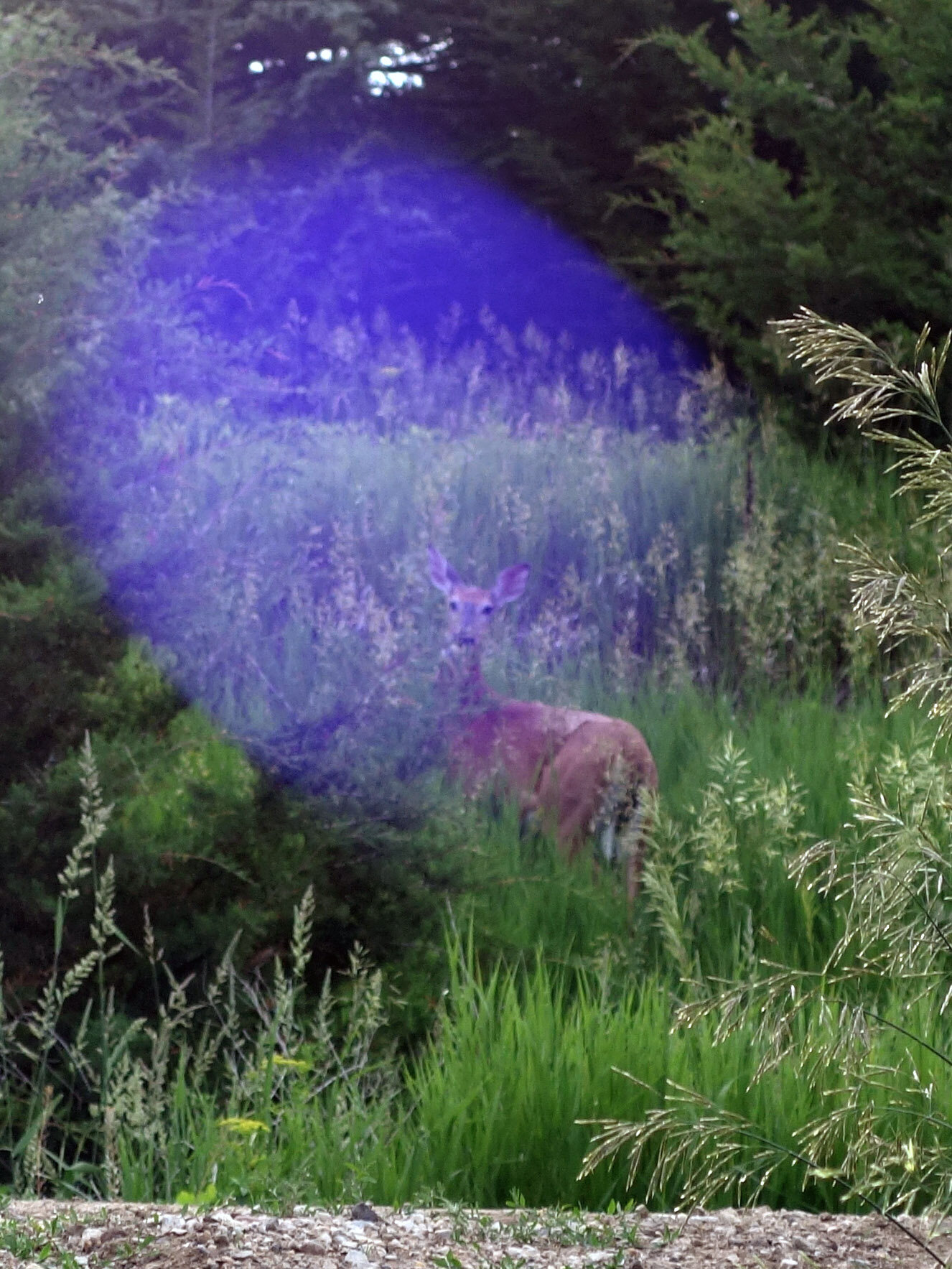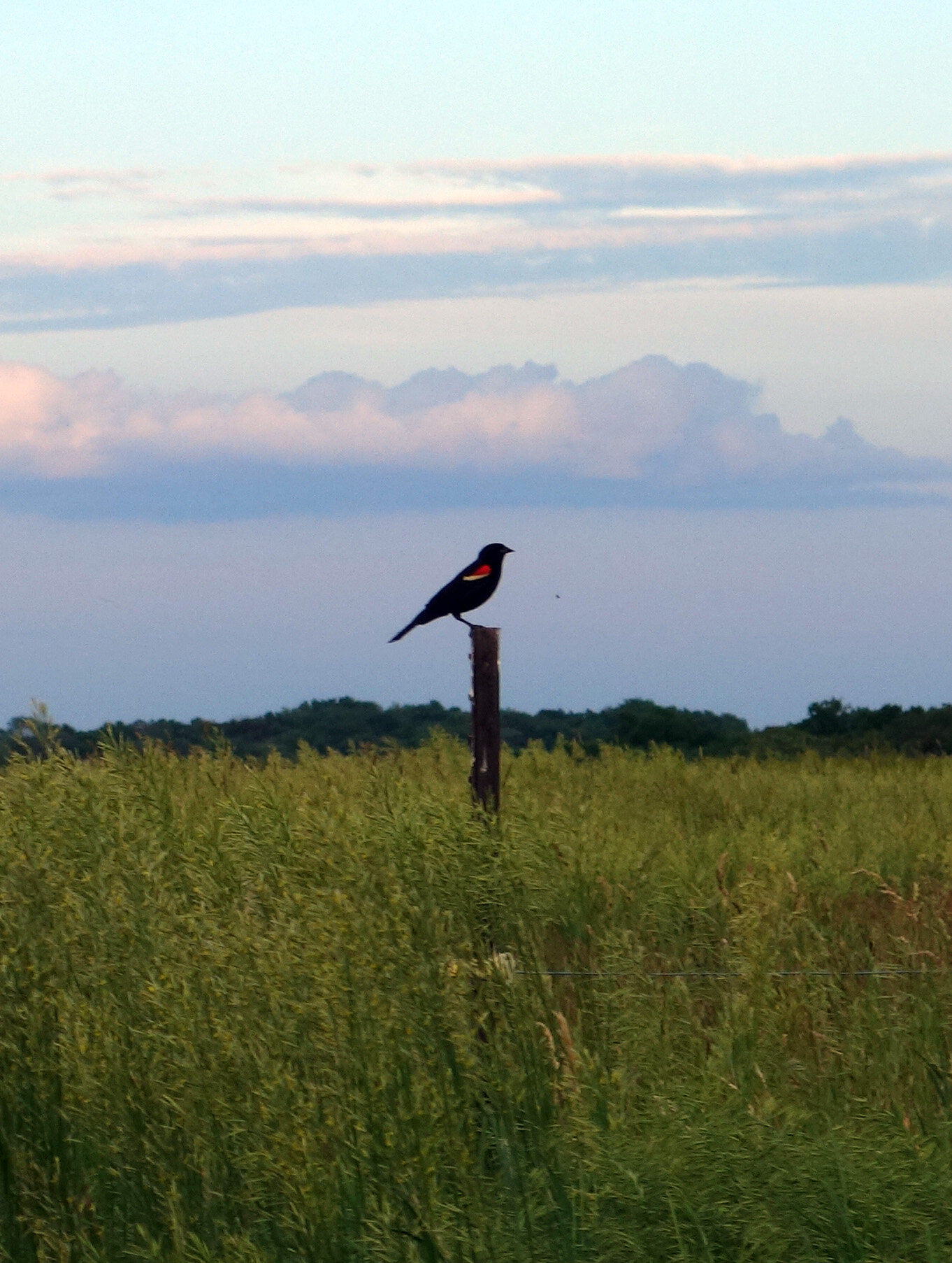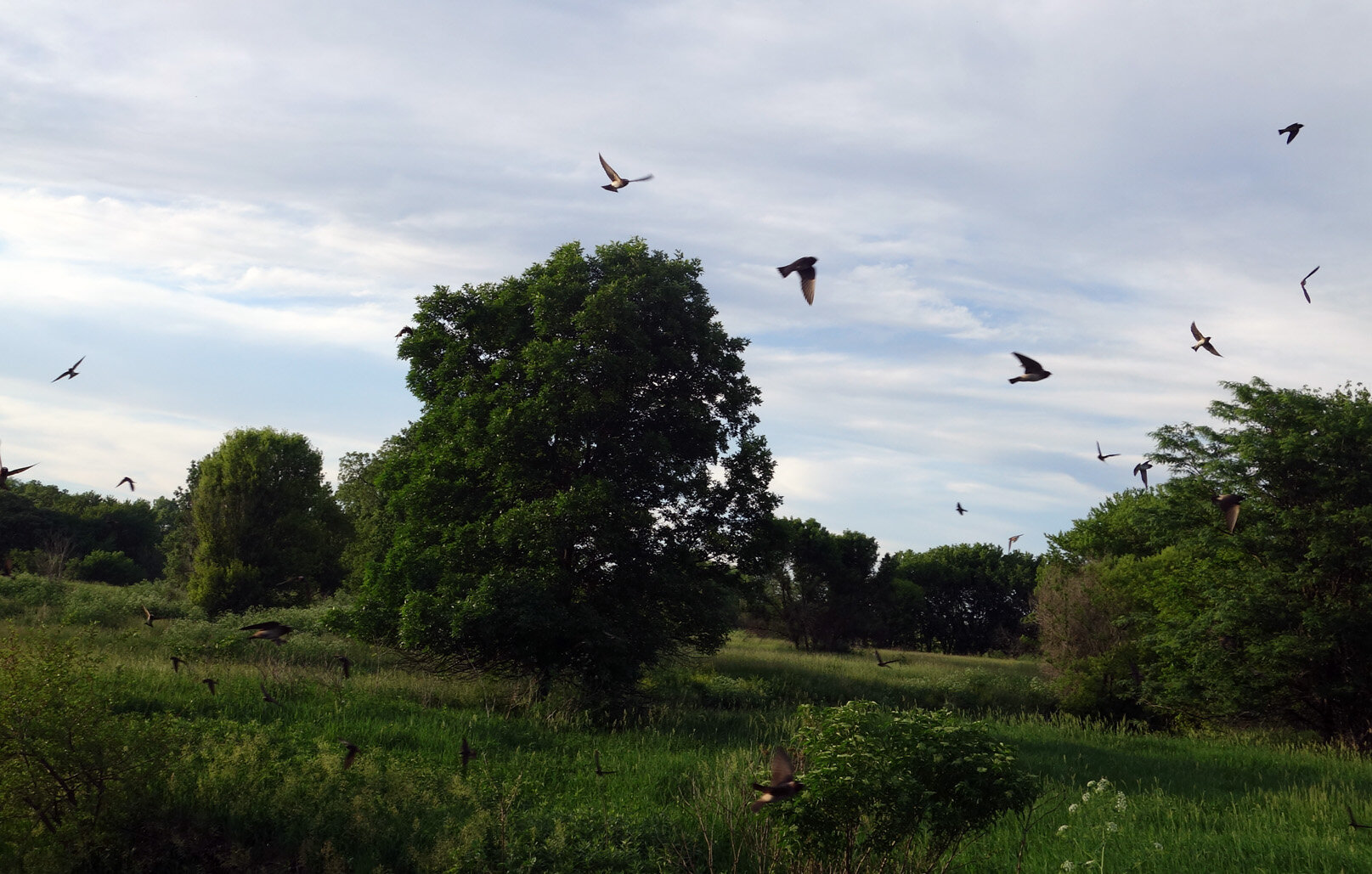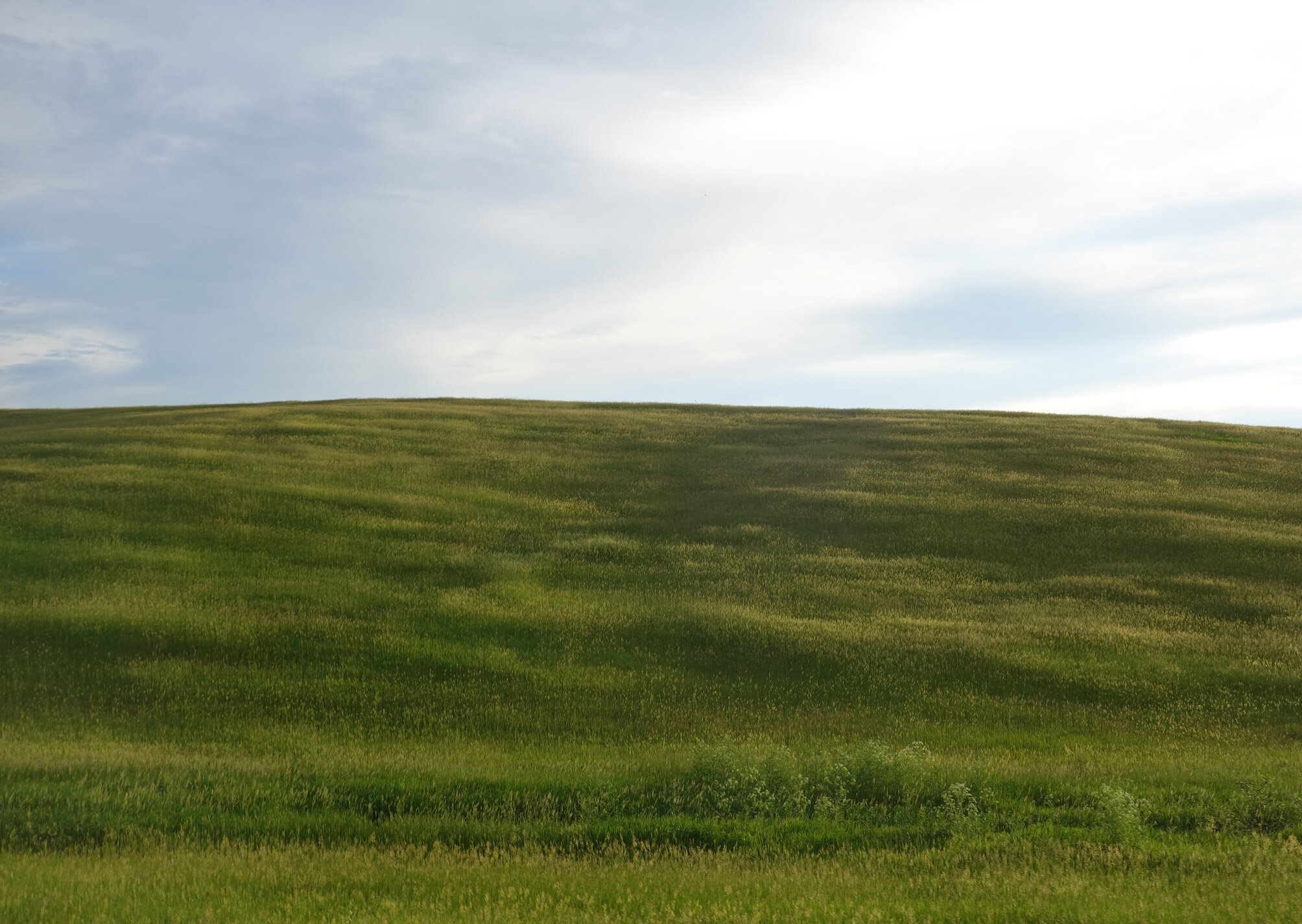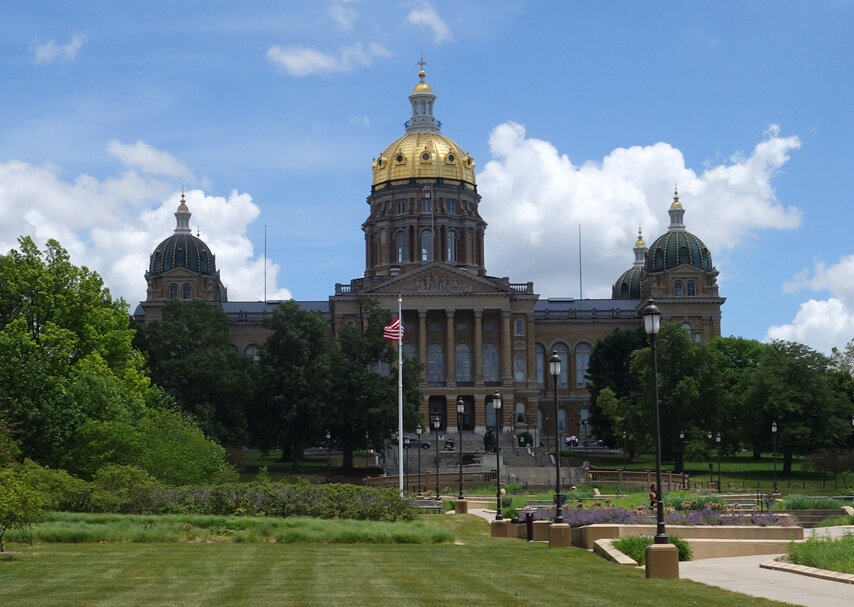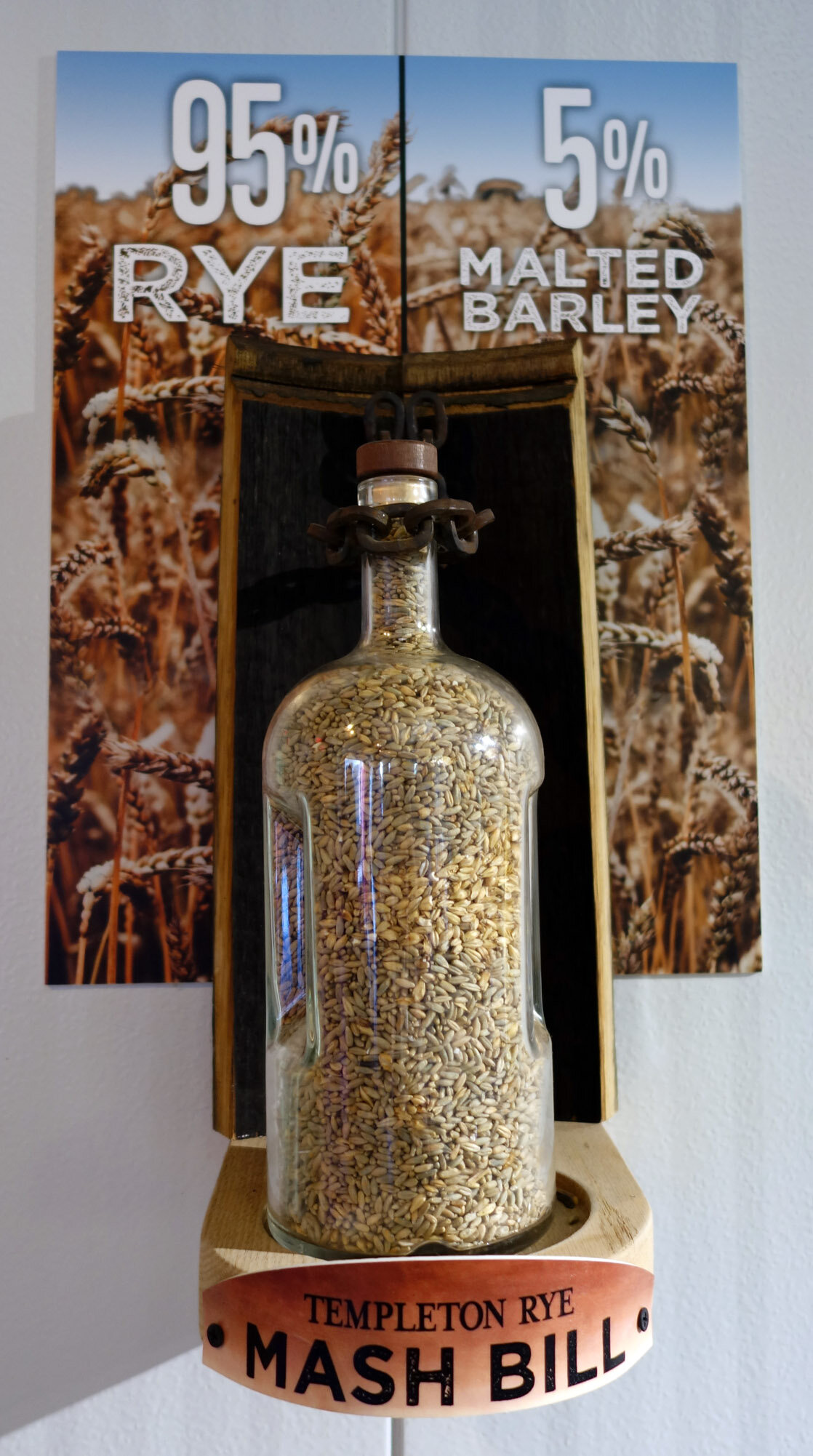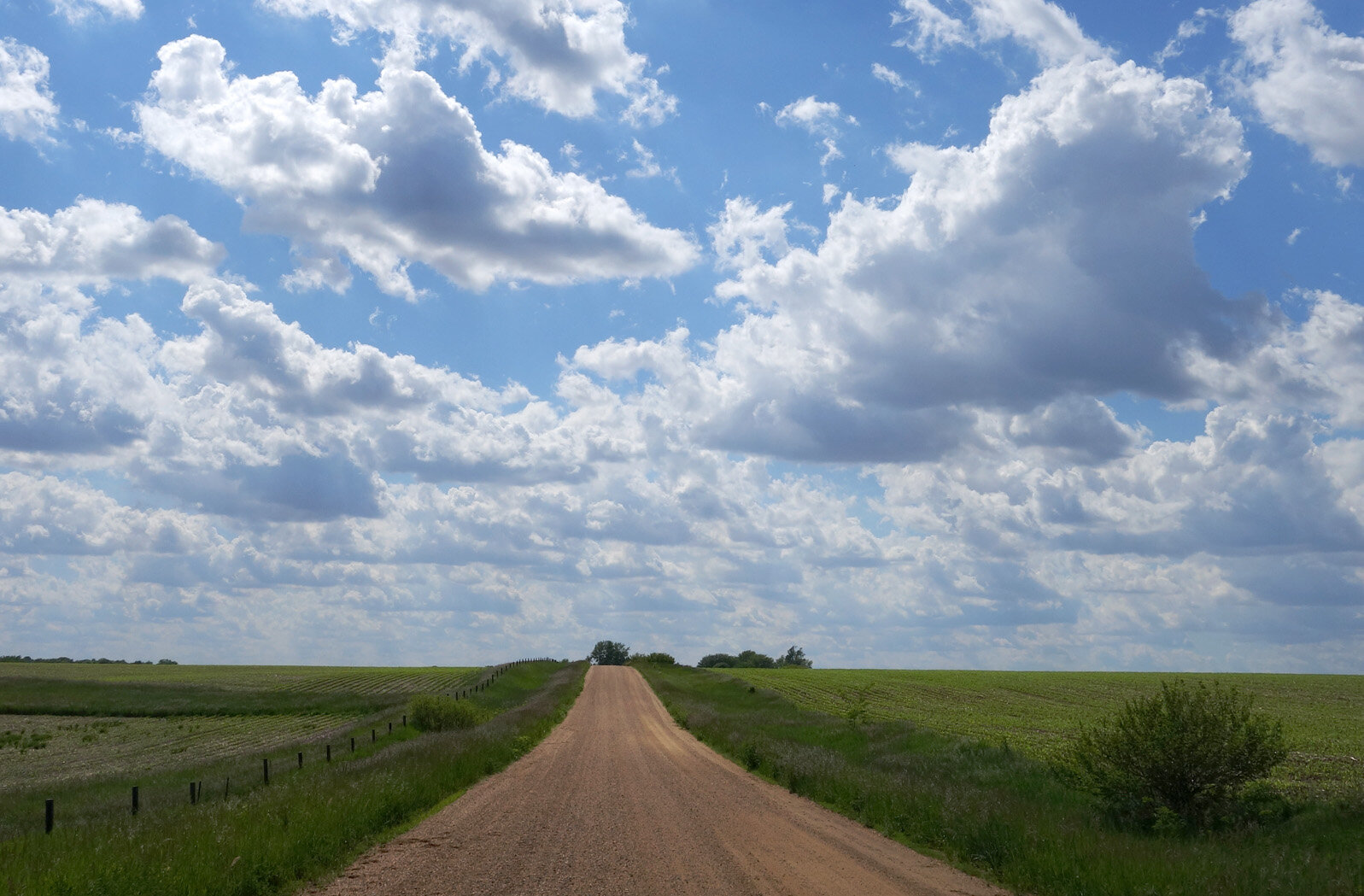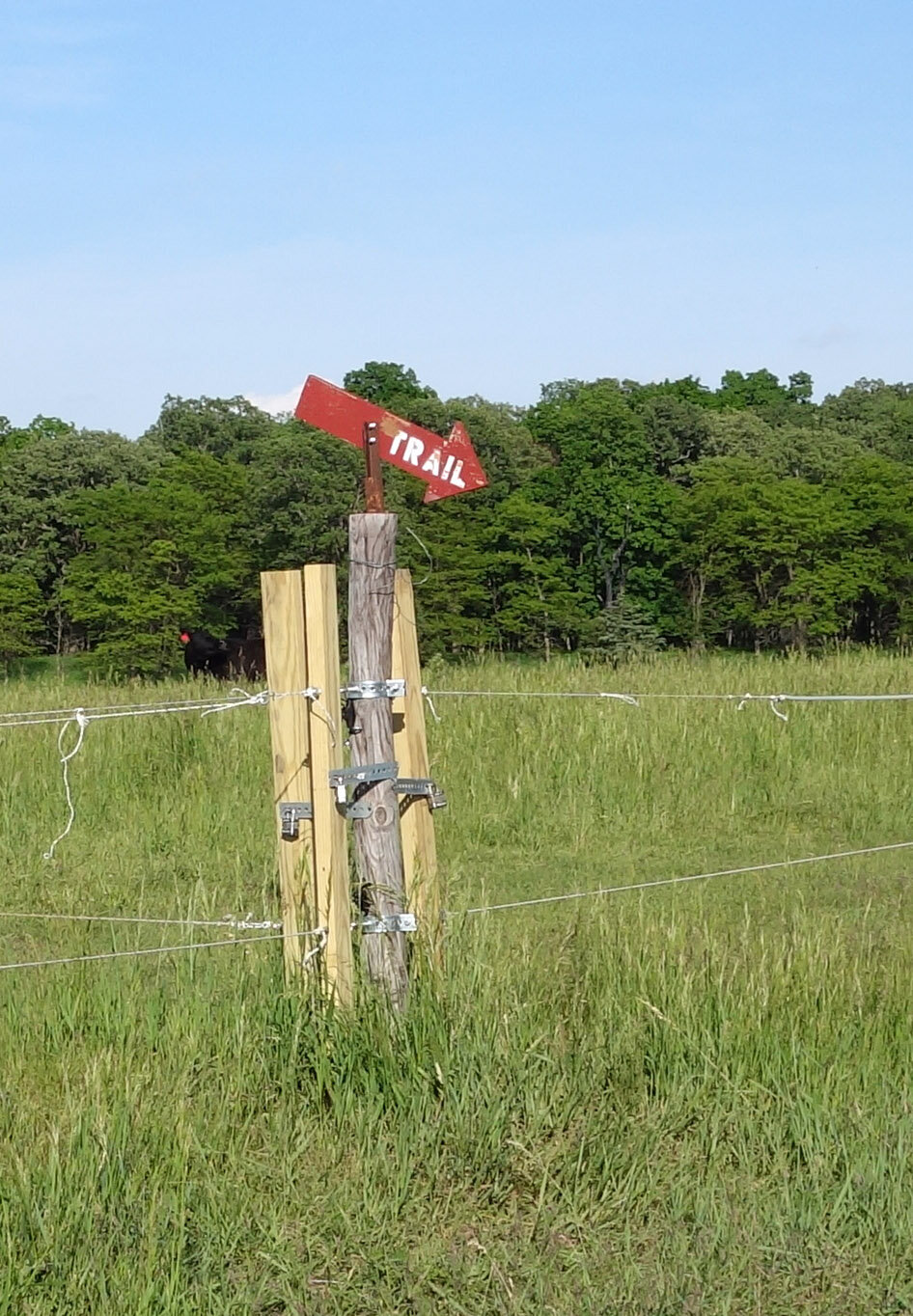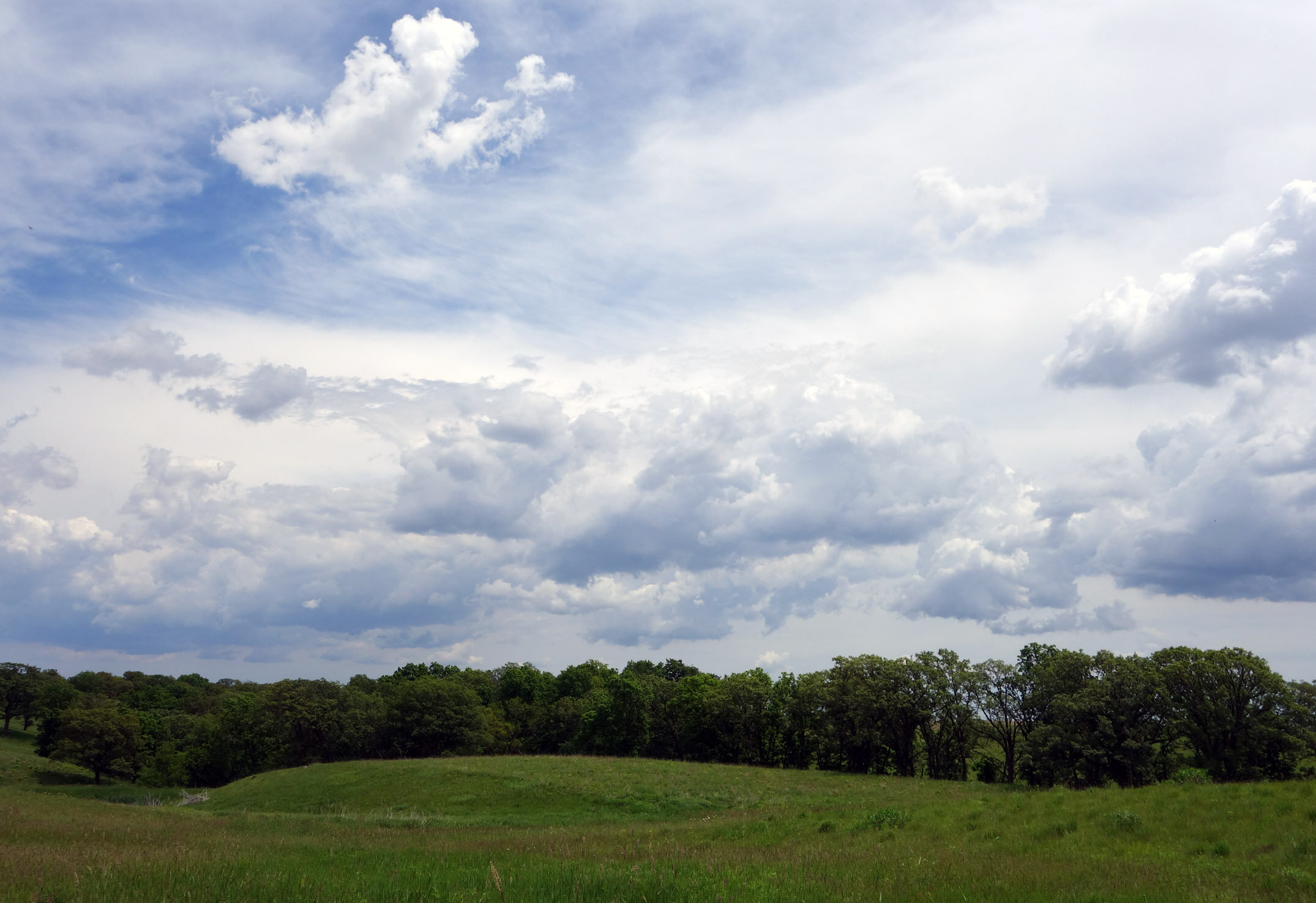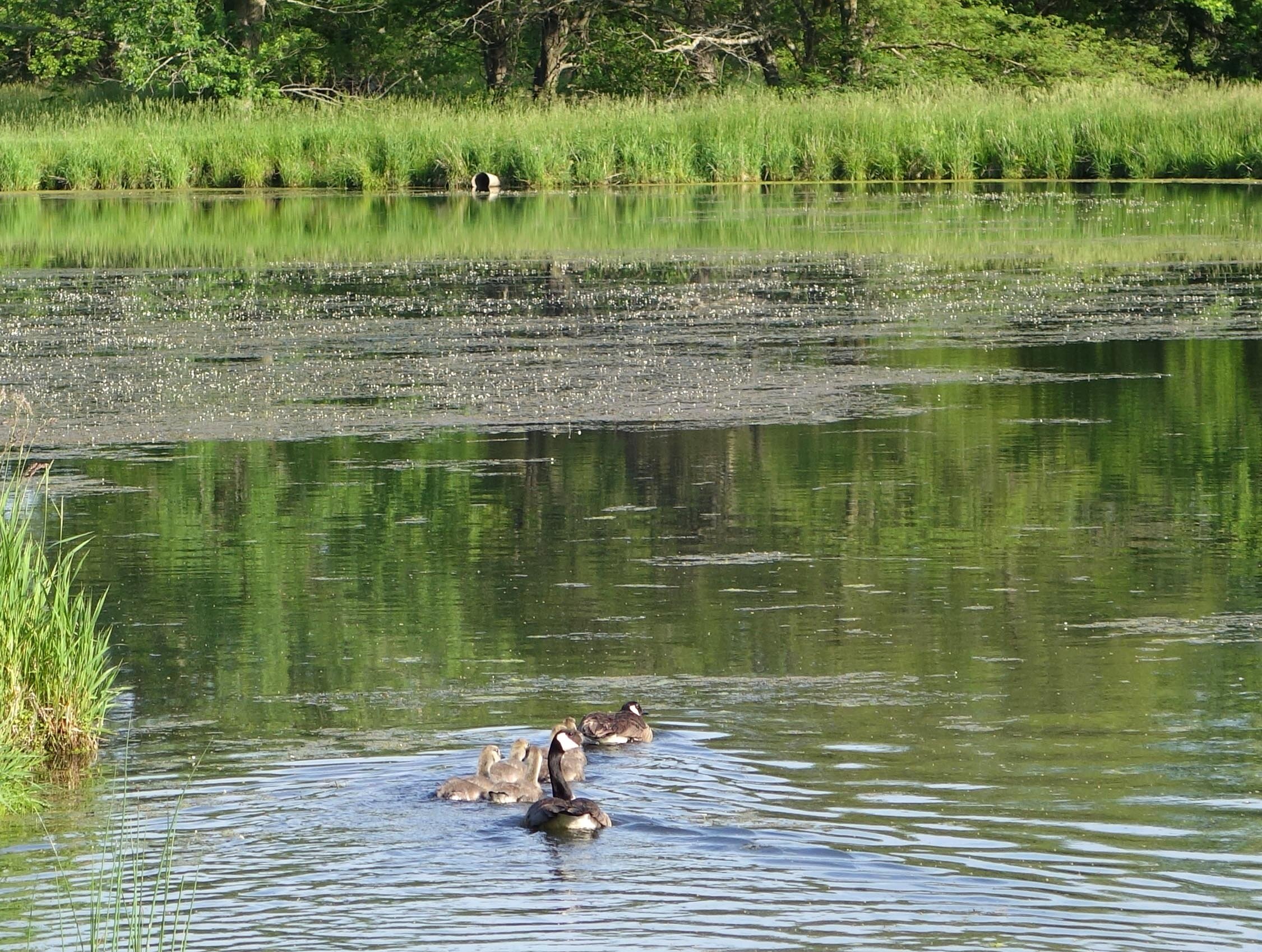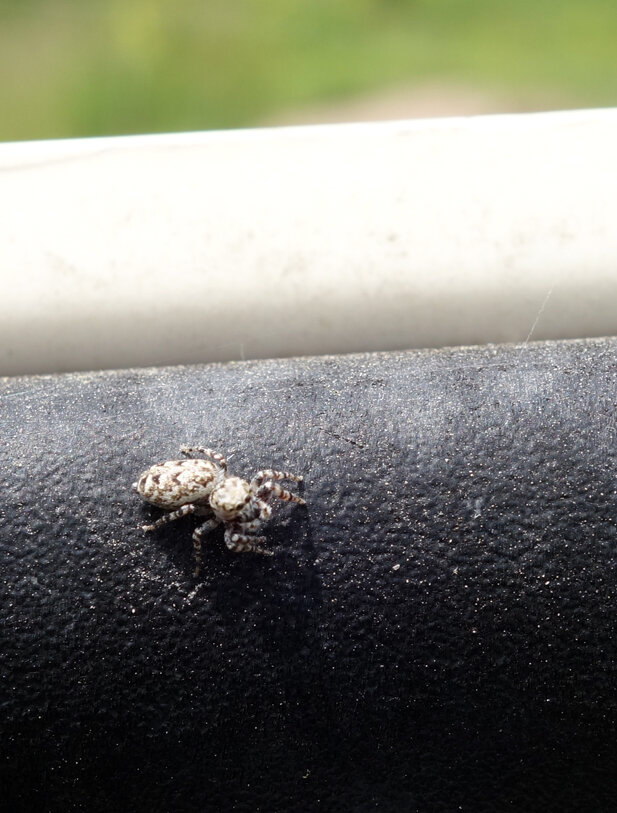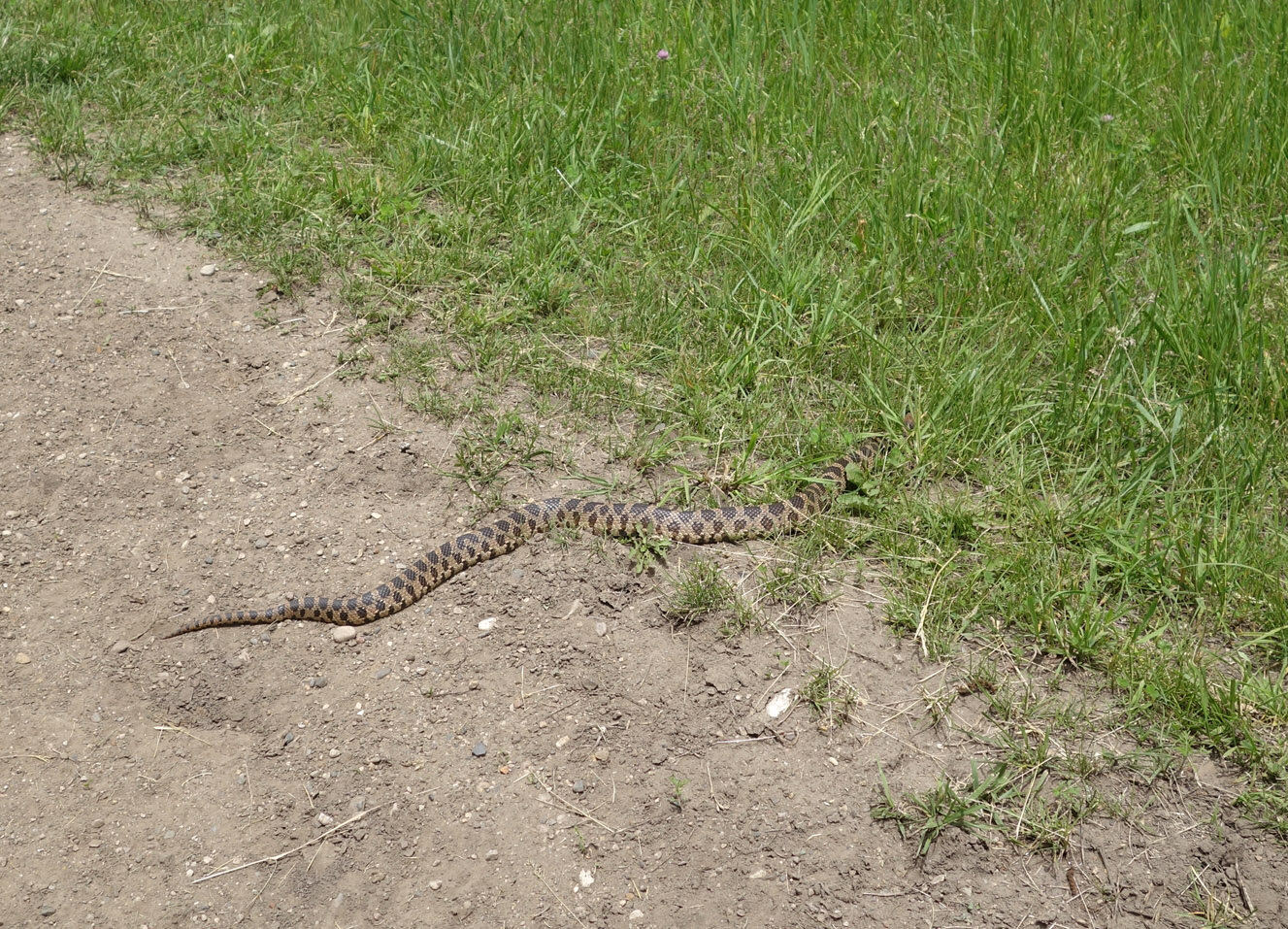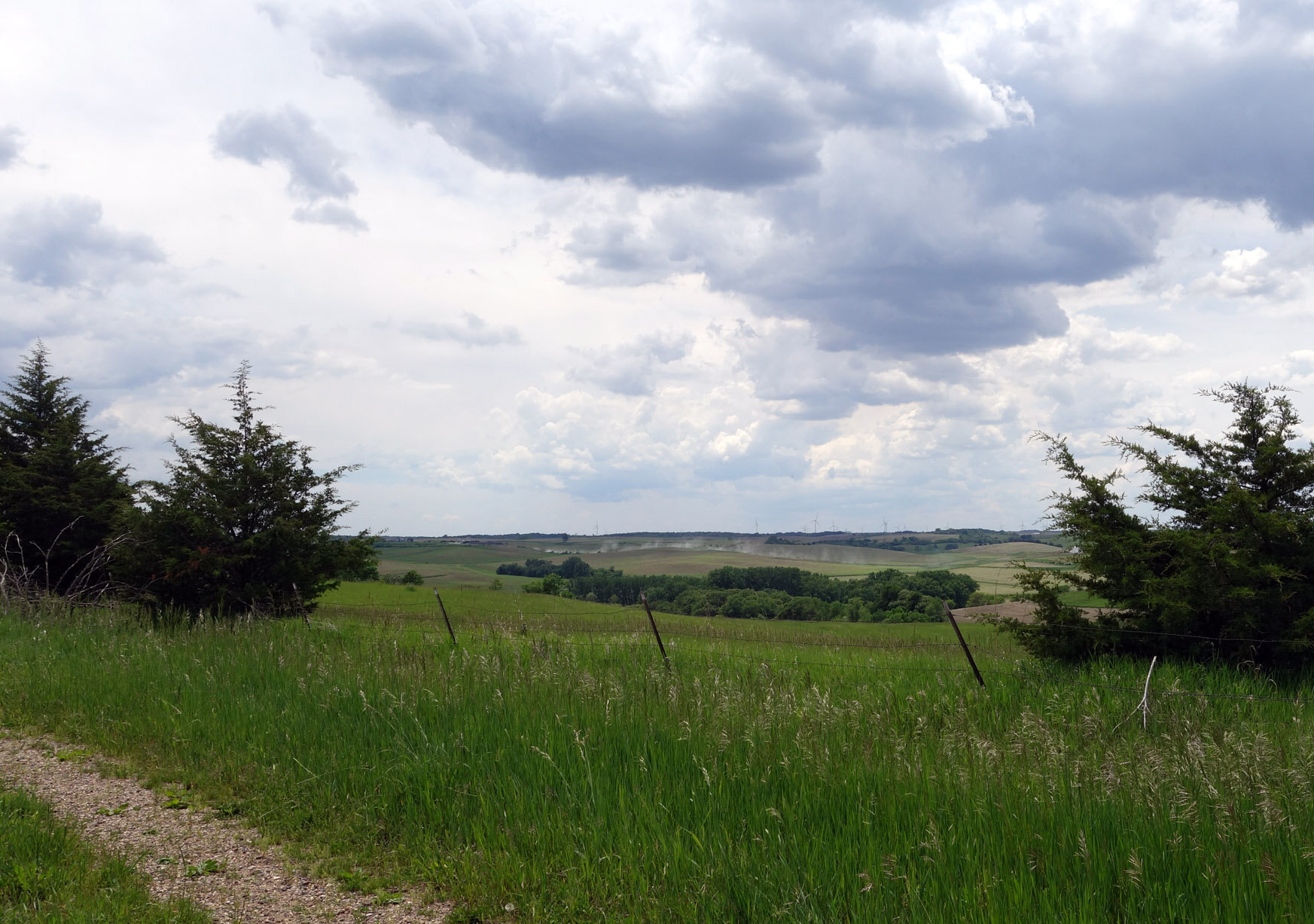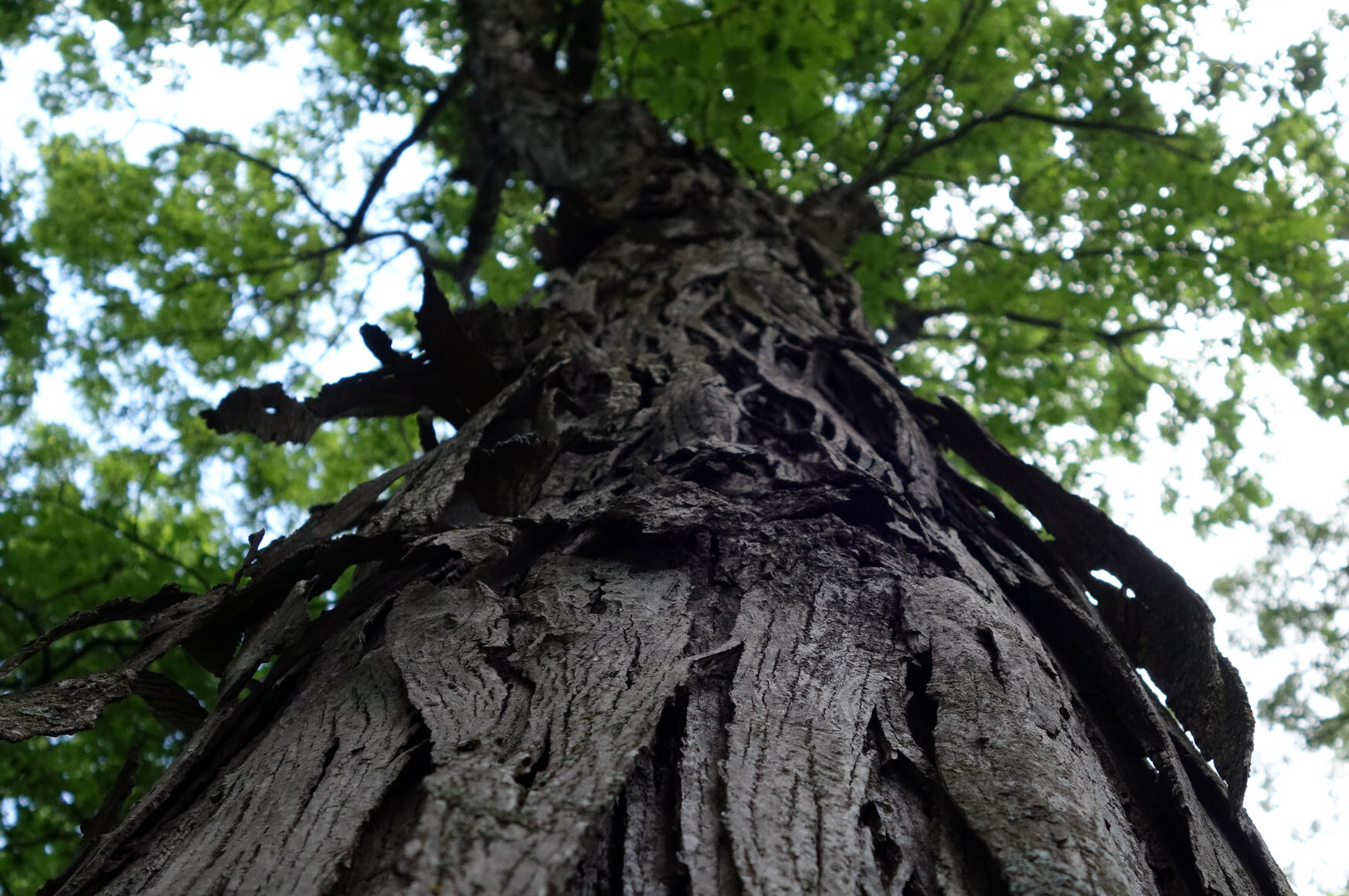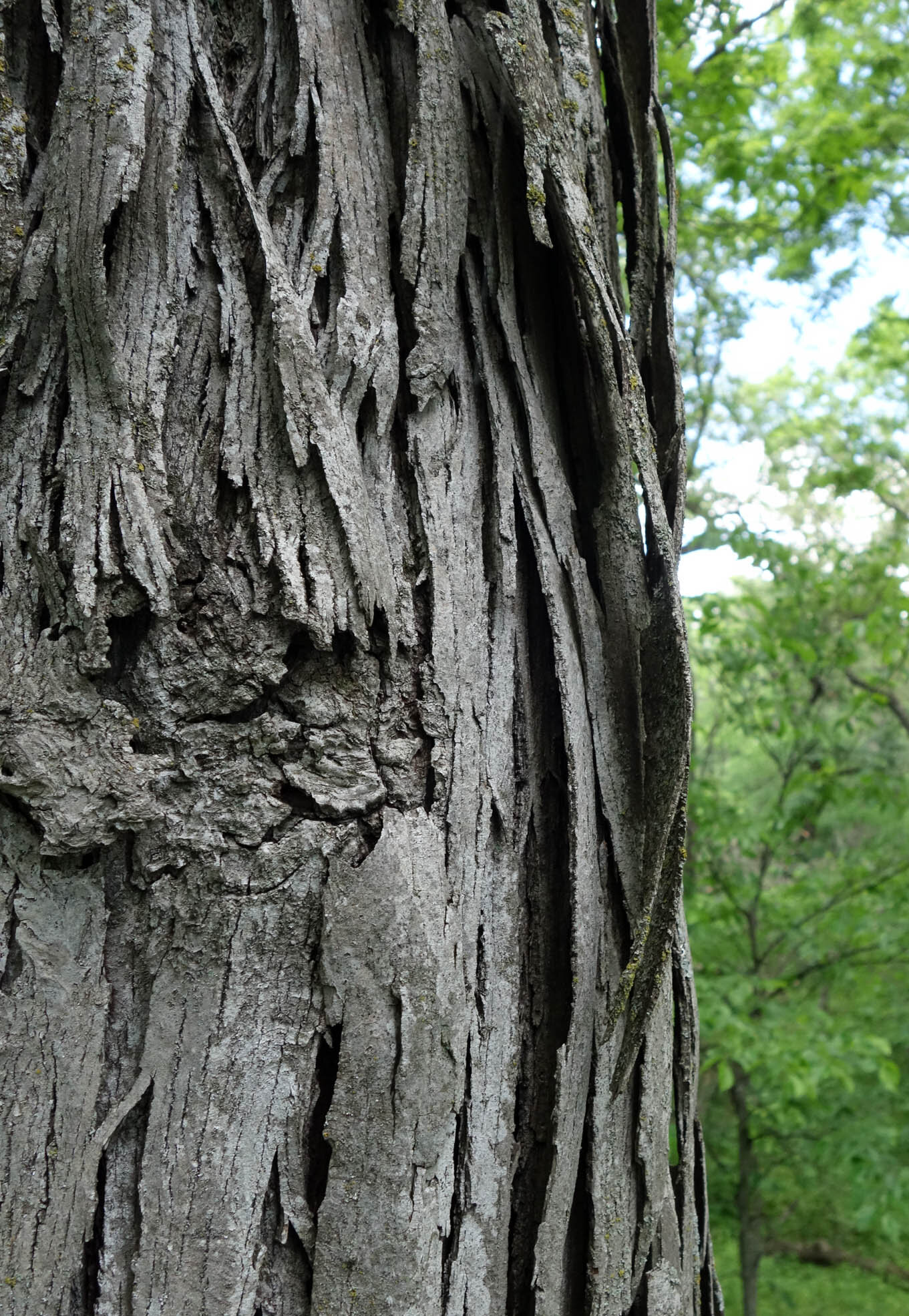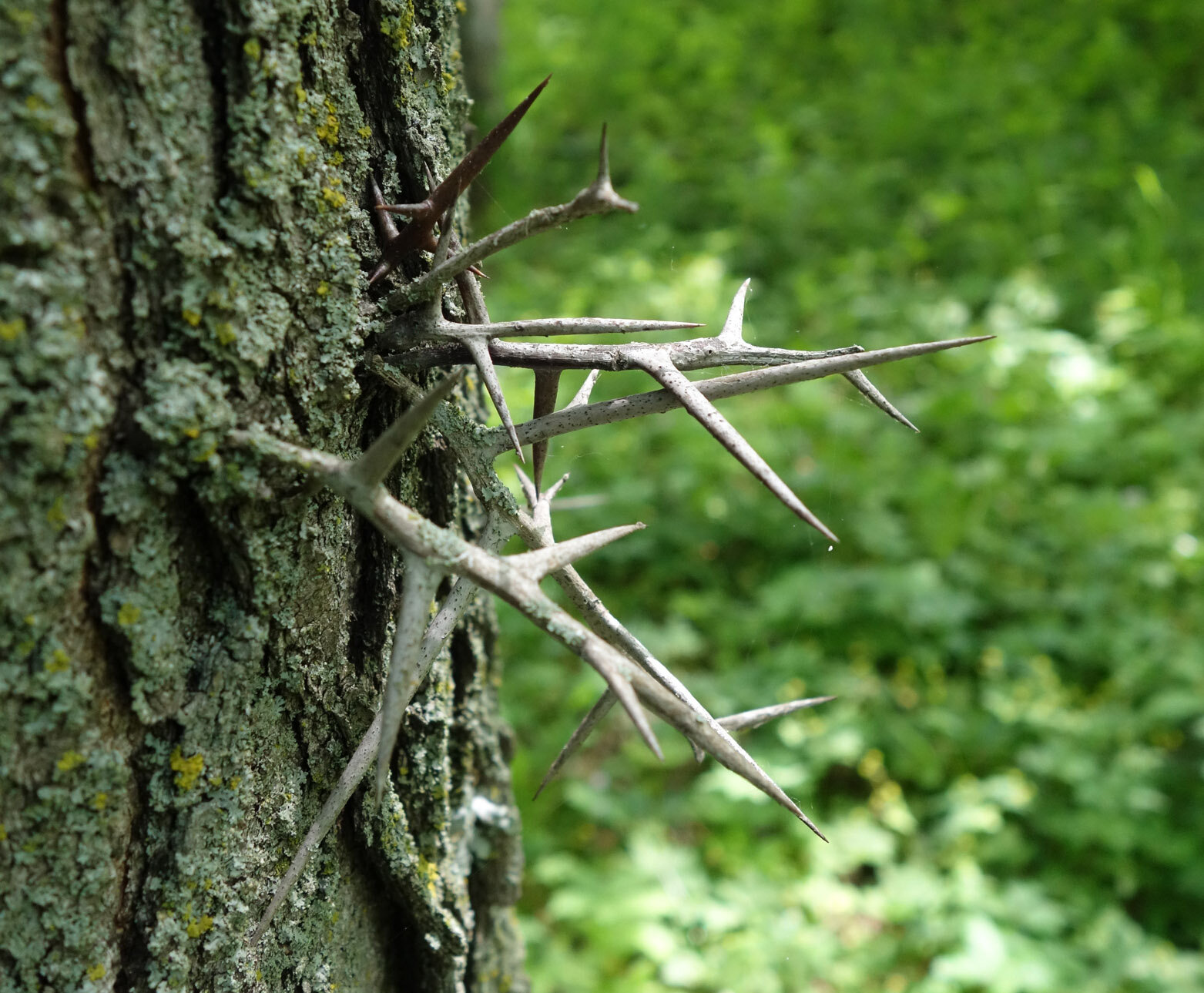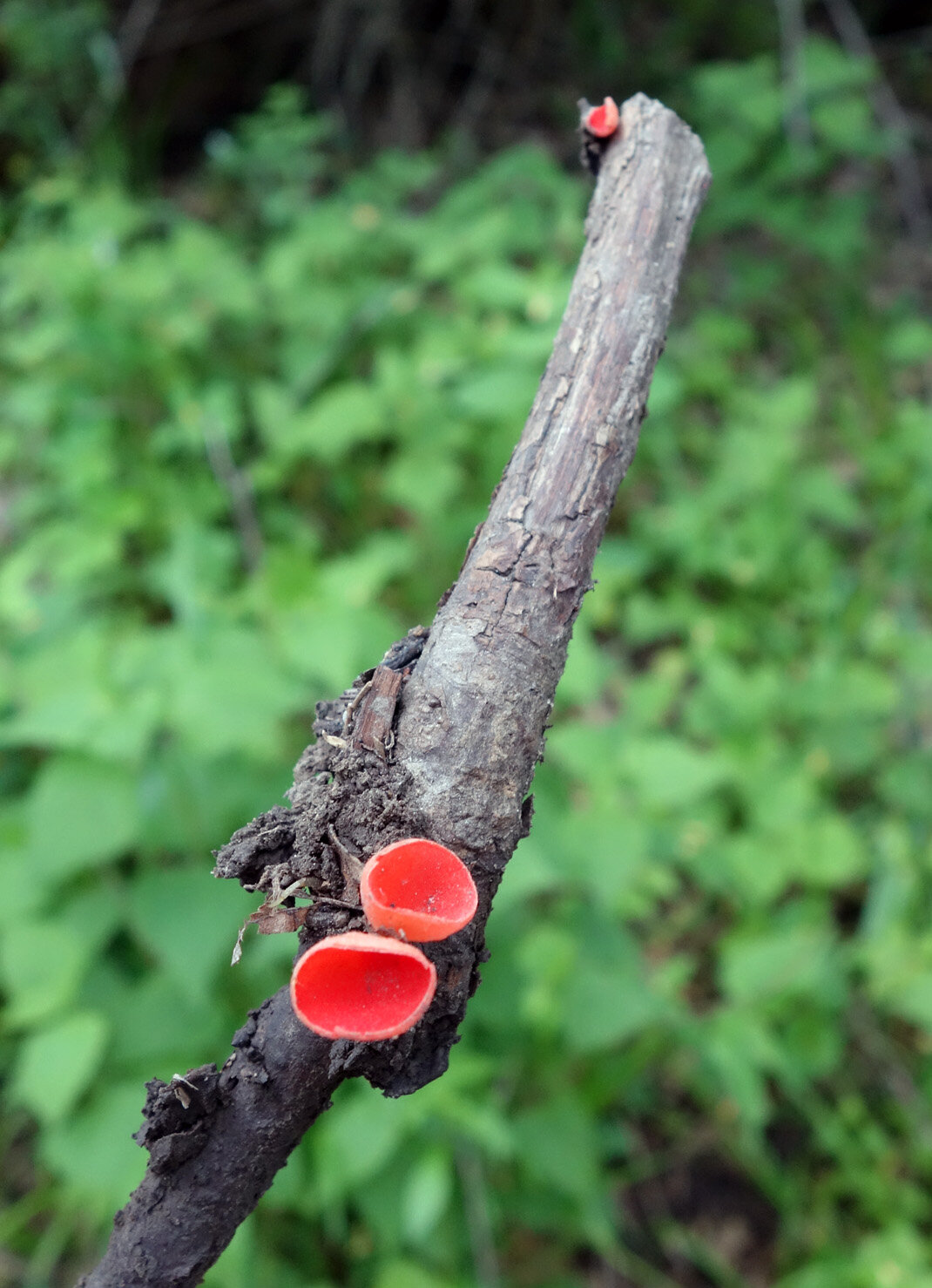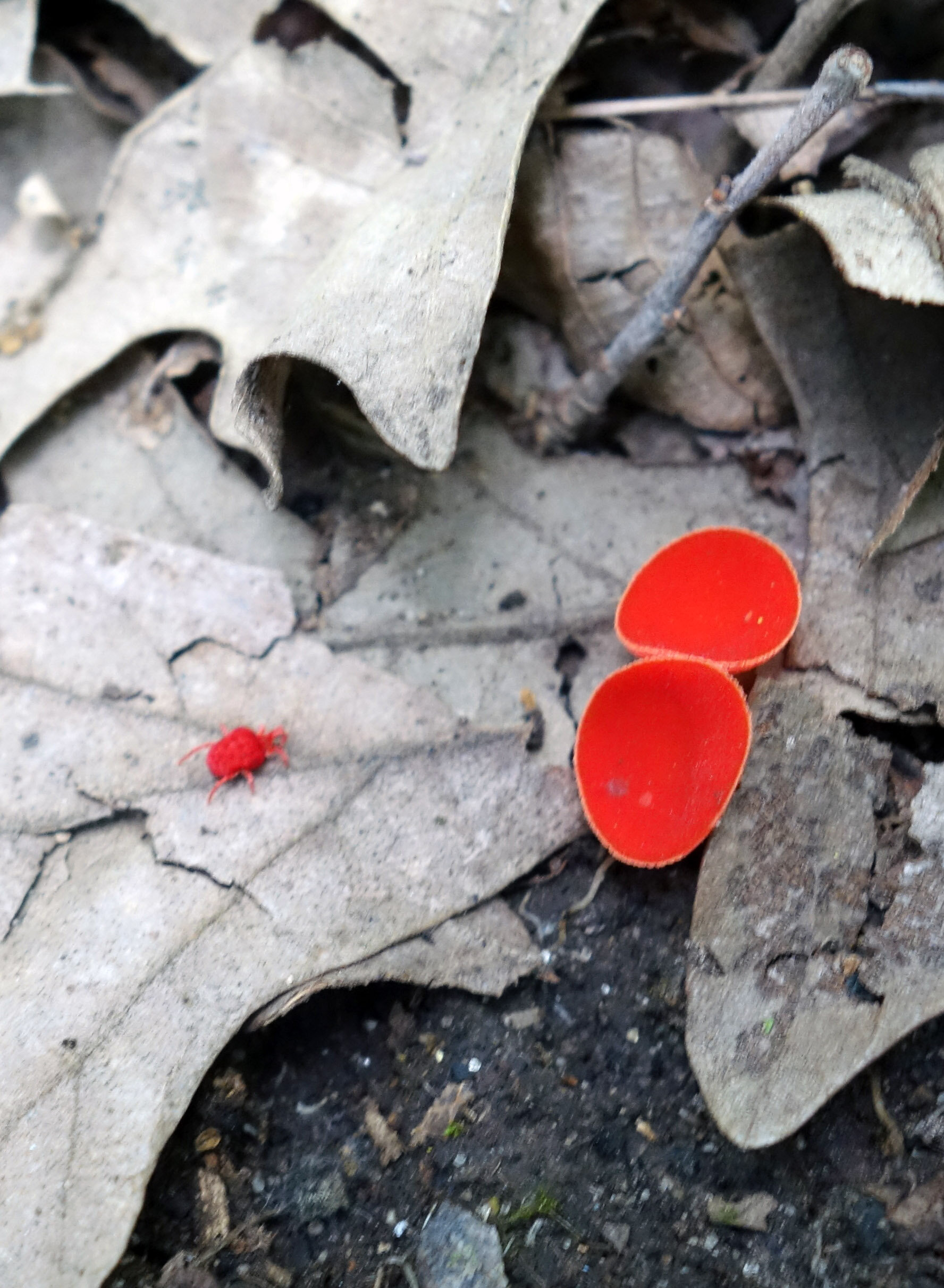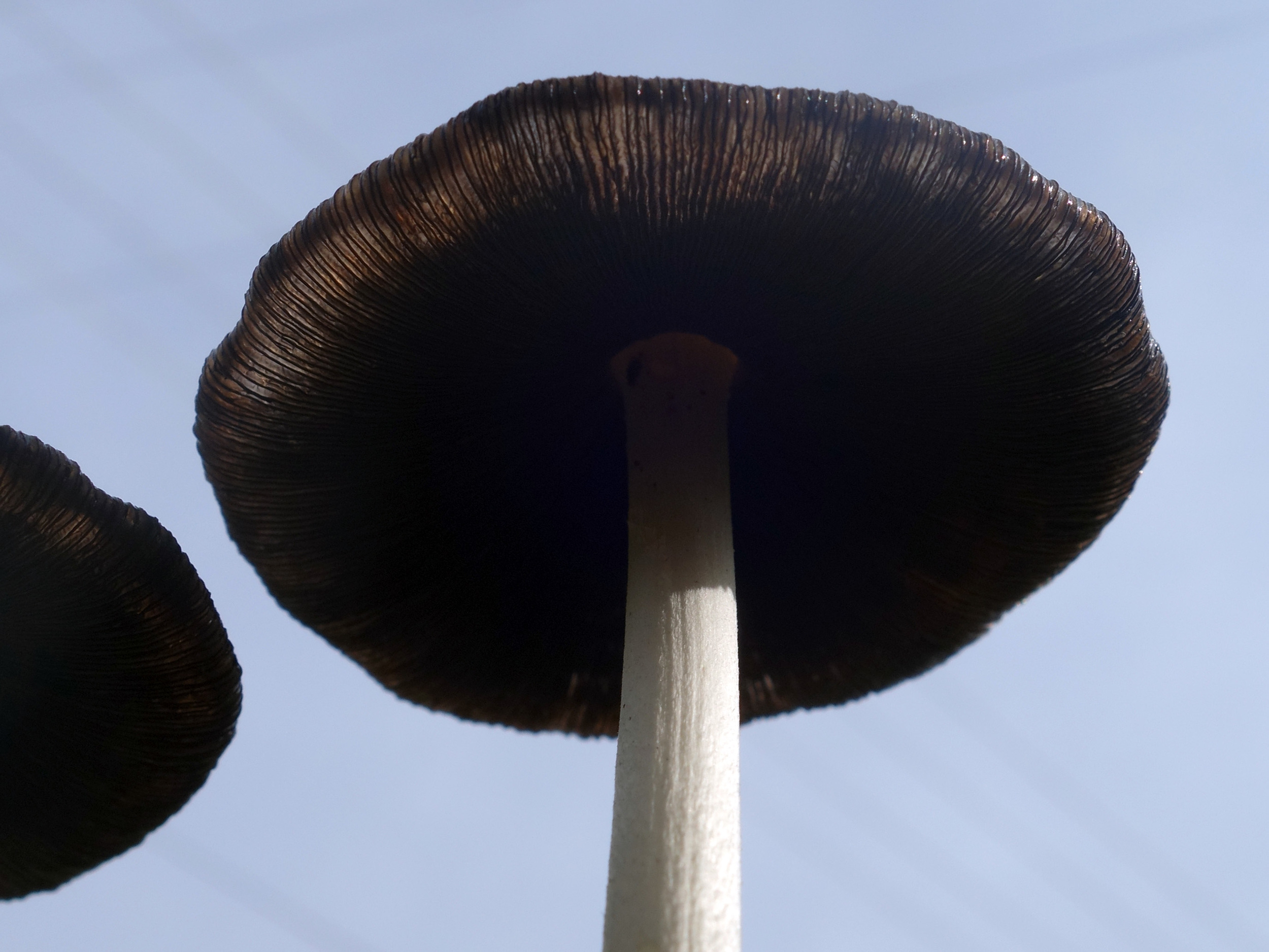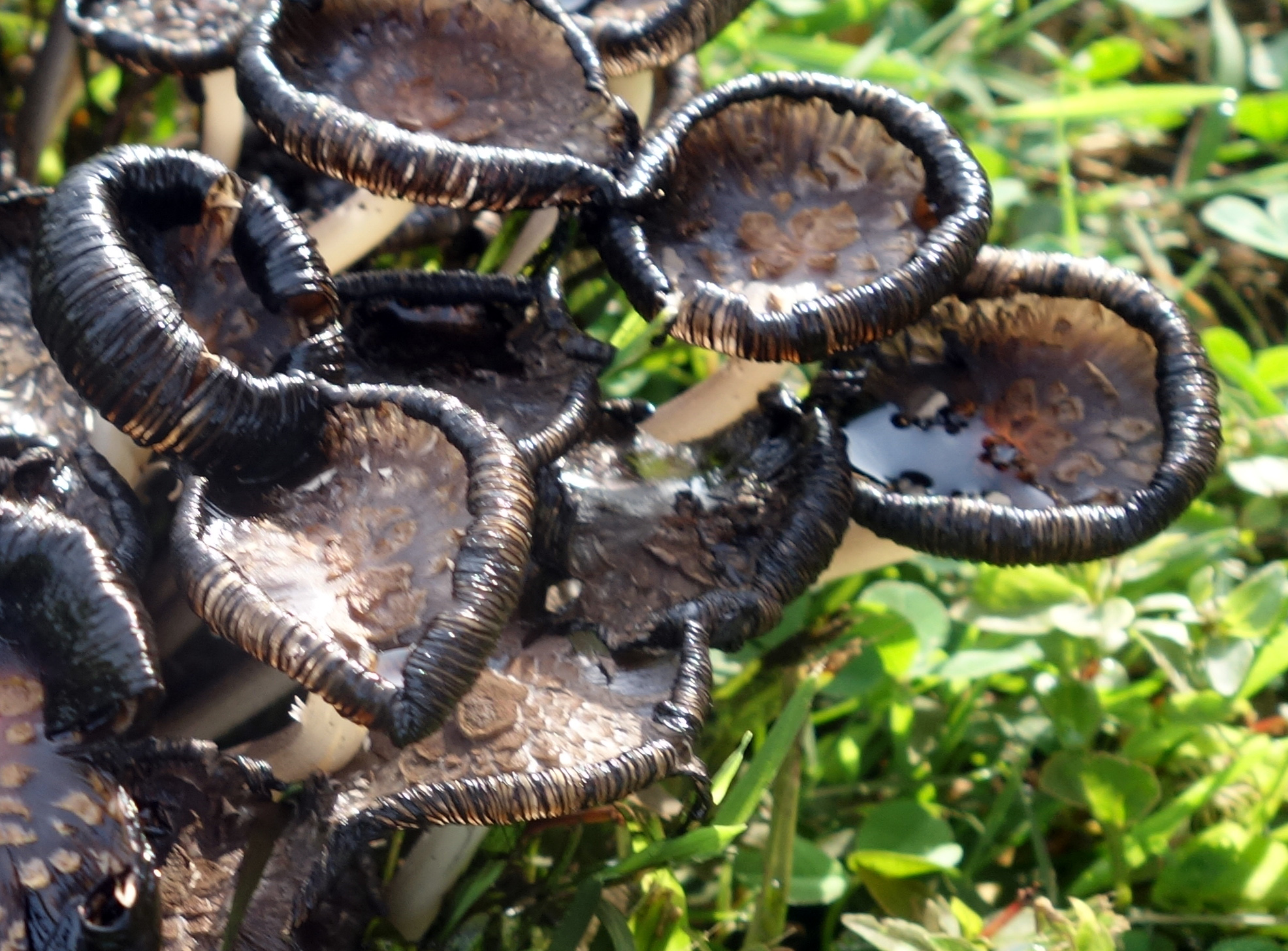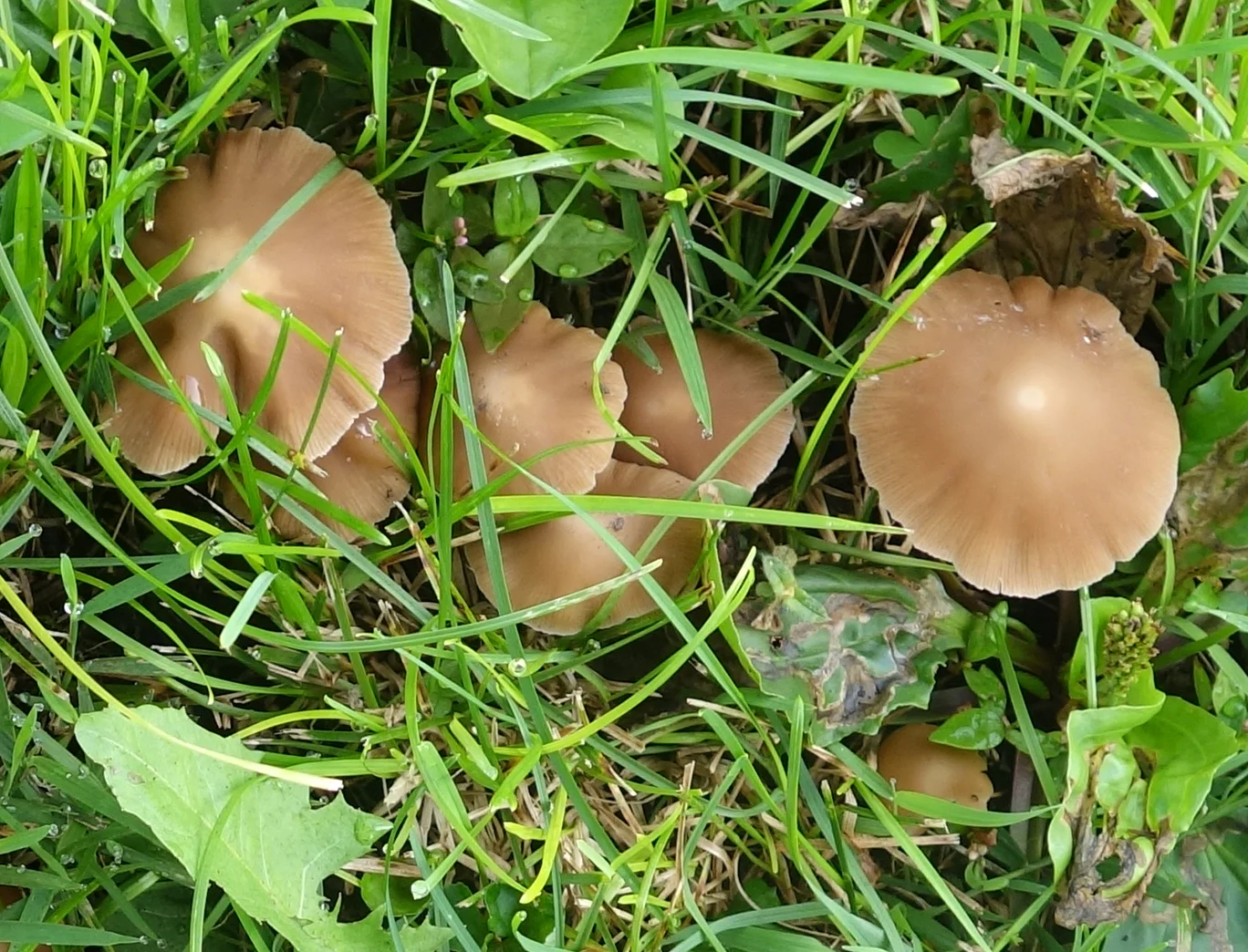The fourth day of my residency at the Whiterock Conservancy involved taking the Gator UTV out to the Garst Farmhouse Historic District - a long trip! We saw a coyote for just a moment, and several turkey vultures. There was also a ridiculously friendly miniature donkey at the farm who I enjoyed making the acquaintance of. I didn’t take many photos on this day as I had discovered to my dismay the previous night when attempting to swap out and recharge my very low camera battery that I had somehow managed to overlook packing my charger and spare battery (which was charging in it). I’m still not sure how that happened; it’s one of the most important items to bring along and I’m usually so good at packing! I think it’s a combination of not having traveled much the past year along with a more procrastinated packing approach (admittedly in part due to the proximity of the residency).
I was just beginning to resign myself to needing to drive a round-trip five hour journey to retrieve it when my friends all came together for me and managed to send the charger and spare on their way with a friend who was arriving to join our party that evening. After she got here with my fully charged spare and the charger itself, I was so relieved! We celebrated by going on a five-person evening hike of the Shooting Star Trail. It has a lot of beautiful ferns, and I found two absolutely tiny wild strawberries which I harvested for chromatography purposes.
The fifth day of our residency brought another two of my friends and their children! We set off as a group of eight on a hike of the Pond Hopper Trail with its abandoned log cabin, explored the beach again, and checked out the River House Barn.
On the sixth day, the eight of us hiked the Riverside Trail and explored the 805 Cabin area. We then went on the Templeton Rye distillery tour in nearby Templeton, IA! In the late afternoon, we returned to the beach and I harvested some of the “blue” clay that is a part of the cliffside across the river while a couple of my friends played in the river and were nibbled upon by minnows. To get to the clay, I needed to cross the river, squelch through the very-eager-to-eat-shoes opposite bank, and then climb up a relatively steep cliffside before digging it out and trying not to gather too many rocks, roots, dirt, and other materials in the process. I didn’t get a ton of it - maybe six or seven pounds - as after the vein I was digging became exhausted, the others were all even higher and I thought they were too steep to tackle. Plus I was worried about trying to manage too heavy a weight on the return journey!
It was an even more precarious climb back down with the clay in hand, and crossing the river while laden also proved difficult! I resolved to go a second time and make use of the walking stick in the house to get some more from a bit higher up. The rest of the evening I cleaned most of the clay of rocks, pebbles, sandstone grit, and roots. One of my friends departed to start her own adventure hiking the Loess Hills for four days.
We took it pretty easy on the seventh day in the morning. I had been told that there was both “blue” and red clay in the land trust, but while I was told explicitly where the blue clay could be harvested, the red clay was just an aside. In the afternoon, we went on a Gator adventure to try to see if there was red clay harvestable in this other cliffside we’d seen on the way to the Garst Farmhouse. Unfortunately, when we got up close and started poking, it was all sandstone and solid rock; we managed to harvest about a teaspoon of red clay from one tiny little pocket! Later on I asked the groundskeeper who told me about the red clay where it was located, and he tried and failed to find it as well. He said it’s only harvestable in particular seasons/weather events and it’s just not possible right now.
Late that afternoon my two friends with their children also went back home, so it was just me and my two remaining friends who had arrived at night on the second day. We went on an evening Gator trip to see the final stretch of double track trail that we hadn’t yet explored on the other side of the bridge near the Garst Farmhouse, and were rewarded with a swooping show by a flock of swallows (which was nigh unphotographable due to their speed and size).
On the eighth day, we visited Des Moines as none of the three of us had been there before!
